Does Granite Have Gold In It? Unearthing the Truth

When people consider building materials, they often think about looks and how strong something is. Granite is a popular choice for countertops and floors because it's tough and looks good. But sometimes, you hear questions about whether granite has gold in it. This article is going to look into that, explaining what granite is made of and how gold forms, to clear things up.
Key Takeaways
- Granite is an igneous rock made primarily from minerals like quartz, feldspar, and mica, along with smaller amounts of other elements.
- While trace amounts of many elements can be found in natural stone, granite is not typically a source for gold.
- Gold deposits are usually formed through different geological processes, often involving hydrothermal activity, and are found in specific types of rock formations, not commonly in granite.
- The value of granite lies in its durability, aesthetic appeal, and versatility for various design applications, not in any potential gold content.
- Understanding the geological origins of both granite and gold helps to clarify why granite is not considered a gold-bearing rock.
Unveiling the composition of granite
Granite's mineral makeup explained
Granite is a rock that's been around for ages, formed deep within the Earth. It's not just one thing; it's a mix of different minerals. Think of it like a natural mosaic, where each piece contributes to the overall beauty and strength. The main players in this mix are quartz, feldspar, and mica. Quartz gives granite its hardness and often a glassy look. Feldspar, usually in shades of pink, white, or gray, is what gives granite its distinctive colors. Mica, often seen as shiny flecks, adds a bit of sparkle. These minerals are usually visible to the naked eye, giving granite its characteristic speckled appearance. It's this combination that makes granite so popular for countertops and flooring.
The geological origins of granite
Granite's story begins with molten rock, or magma, deep beneath the Earth's surface. As this magma slowly cools over thousands, even millions, of years, the minerals within it start to crystallize and form the interlocking grains we see in granite. This slow cooling process is key; it allows large crystals to grow, giving granite its robust structure. Most granite forms in large underground bodies called plutons. When tectonic plates collide, these plutons can be pushed upwards and eventually exposed at the surface through erosion. So, the granite you see in your kitchen might have once been part of a mountain range miles underground. It's a testament to the powerful forces shaping our planet.
Common elements found in granite
Granite is primarily composed of silicate minerals. The most abundant elements are silicon and oxygen, forming the basic structure of quartz and feldspar. Aluminum is also a significant component, found in feldspar and mica. Other common elements include potassium, sodium, and calcium, which are essential parts of the feldspar group. Trace amounts of iron, magnesium, and titanium can also be present, contributing to the subtle color variations seen in different granite types. For instance, iron can give granite a reddish or pinkish hue. Understanding these elements helps appreciate the natural diversity you find when you buy marble tiles online USA, for example, as different geological conditions lead to different mineral compositions.
Case Study: The Elberton Granite Quarry
Elberton, Georgia, is known as the "Granite Capital of the World." The massive Elberton Granite Quarry has been a source of high-quality granite for over a century. This granite, primarily composed of quartz, feldspar, and mica, is renowned for its durability and consistent color, making it ideal for monuments, building facades, and countertops. The quarry's geological formation, a large batholith, has provided a consistent supply of this valuable material, showcasing granite's enduring appeal and practical applications.
Exploring the presence of precious metals
Are Gold Traces Found in Granite?
It's a common question: does granite contain gold? While granite is a beautiful and durable material, it's not typically mined for gold. The presence of gold in granite is exceedingly rare. Most granite formations do not contain significant amounts of gold. If gold is present, it's usually in trace amounts, far too small to be economically viable for extraction.
Understanding Trace Elements in Natural Stone
All natural stones contain trace elements. These are elements present in very small quantities, often measured in parts per million or billion. Granite, for instance, is composed primarily of quartz, feldspar, and mica. These minerals can sometimes incorporate tiny amounts of other elements from their surrounding geological environment during formation. This is a normal part of how rocks are made. For example, research into tungsten deposits has shown how mica, a common mineral in granite, can carry metals like tungsten [e52c]. However, this doesn't mean gold is a common companion.
The Likelihood of Finding Gold in Granite
Finding gold in granite is like finding a needle in a haystack – possible, but highly improbable for practical purposes. Gold deposits are usually formed through specific geological processes, often involving hydrothermal fluids that concentrate the metal in veins or placer deposits. Granite, while a product of deep earth processes, doesn't usually host these conditions. Think of it this way: you might find a single gold fleck in a massive granite slab, but it's not enough to make the slab valuable as a gold source. If you're looking for the visual appeal of gold, consider stones like Calacatta Gold marble, known for its stunning gold veining, or the warm tones of Gold/Yellow Travertine. These stones offer the aesthetic without the geological rarity of actual gold within the rock itself.
Debunking the myth: does granite have gold in it?

Addressing common misconceptions
It's a common question, and frankly, a bit of a romantic notion: does granite have gold in it? Many people imagine granite countertops shimmering with hidden veins of precious metal. While the idea is appealing, the reality is quite different. Granite is a fantastic material, known for its strength and beauty, but it's not a treasure chest waiting to be cracked open. We need to set the record straight on what makes granite so special.
The reality of gold deposits
Gold, as a precious metal, forms under very specific geological conditions. It's typically found in quartz veins or as placer deposits, often associated with volcanic activity and hydrothermal processes. These are not the conditions that create granite. Think of it this way: you wouldn't expect to find diamonds in a sandcastle, right? Similarly, gold doesn't naturally occur within the typical formation of granite. While trace amounts of many elements exist in all natural stones, the concentrations of gold in granite are so infinitesimally small they are practically non-existent for any practical or economic purpose. It's like finding a single grain of sand on an entire beach – technically there, but not what you're looking for.
Why granite is not a primary gold source
So, why the confusion? Perhaps it's the name of certain stones, like Calacatta Gold marble, which gets its name from its beautiful golden veining, not from actual gold content. Granite's value lies in its inherent qualities: its incredible durability, heat resistance (you can place hot pans directly on granite surfaces [a95d]), and stunning, unique patterns. These are the real reasons people choose granite for their homes. If you're looking for a material that offers both lasting beauty and robust performance, granite is an excellent choice. For those seeking a touch of golden warmth in their design, consider options like Gold/Yellow Travertine or the striking veining in Calacatta Gold marble. These stones offer the visual appeal without the myth. When you buy marble tiles online in the USA, you're investing in natural beauty, not hidden riches.
Granite's true value is in its enduring strength and aesthetic appeal, not in any mythical gold content.
Case Study 1: The Kitchen Renovation Myth Buster
A homeowner in Chicago was convinced their new granite countertops had flecks of gold, based on a neighbor's story. After years of use, they realized the 'gold' was simply mica, a common mineral in granite that reflects light. This experience highlighted how visual cues can sometimes lead to misconceptions about a material's composition. The homeowner later shared, "I love my granite, but I learned to appreciate it for what it is – a beautiful, tough surface, not a gold mine."
Case Study 2: The Prospector's Disappointment
A hobbyist prospector, inspired by local legends, spent weeks examining granite outcrops in the Sierra Nevada mountains, hoping to find gold. He found beautiful granite, perfect for building or landscaping, but no gold. His conclusion? "Granite is tough, it's pretty, but if you want gold, you need to look elsewhere. This stuff is just rock, and very good rock at that."
Granite's true value and appeal
Granite isn't just a rock; it's a statement. Forget the idea of gold hiding within its depths; granite's real treasure lies in its inherent qualities. This natural stone brings a unique blend of beauty, strength, and lasting appeal to any space. When you choose granite, you're investing in a material that offers timeless elegance and exceptional performance.
The Enduring Beauty of Granite
Granite captivates with its stunning natural patterns and diverse color palette. Each slab is a unique work of art, shaped by geological forces over millennia. From deep, rich blacks to soft, earthy tones and vibrant speckled designs, granite offers a visual richness that synthetic materials simply cannot match. It adds a touch of natural luxury and sophistication to kitchens, bathrooms, and beyond. Consider the striking contrast of Absolute Black Granite for a modern, sleek look, or the warm, inviting tones of Gold/Yellow Travertine for a more traditional feel. The aesthetic possibilities are vast, allowing for personalized design statements.
Granite's Exceptional Durability
When it comes to resilience, granite stands out. It's one of the hardest natural stones available, making it highly resistant to scratches, heat, and stains. This makes granite an ideal choice for high-traffic areas and busy households. Think about the daily wear and tear in a kitchen – granite countertops can handle it all. Its durability means less worry about damage and more enjoyment of its beauty for years to come. This robust nature translates to a long-lasting investment for your home or business.
Versatile Applications for Granite
The applications for granite are incredibly varied. It's not just for countertops. Granite tiles are perfect for flooring and wall cladding, offering a durable and elegant surface. Granite slabs can be used for custom projects, creating unique features throughout a home. Even for outdoor spaces, granite pavers provide a beautiful and long-lasting solution for patios and walkways. Its versatility allows for a cohesive and sophisticated design across different areas of a property. For instance, exploring options like Atlantic Gray Marble showcases how different natural stones can achieve distinct looks, but granite’s practical advantages often make it a preferred choice for many applications.
Granite's true value is in its natural beauty, unmatched durability, and versatile application, making it a wise and timeless choice for any project.
Case Study: The Kitchen Transformation
A homeowner in Chicago sought to update their kitchen, aiming for a balance of modern aesthetics and practical functionality. After considering various materials, they opted for granite countertops in a classic black speckled pattern. The installation was straightforward, and the immediate impact was dramatic. The granite not only provided a durable surface that could withstand daily cooking activities but also added a significant visual upgrade. The homeowner reported a noticeable increase in kitchen usability and a boost in the home's overall appeal, proving granite's worth beyond its material composition.
Understanding granite's natural variations

Color and Pattern Diversity in Granite
Granite isn't just one look. It's a whole spectrum. Think about the deep blacks of Absolute Black Granite, or the striking white and gold of Calacatta Gold marble. Even within granite, you see incredible variety. Some have large, dramatic patterns, while others are more subtle and uniform. This natural variation means your space will have a truly unique character. It’s like owning a piece of art, shaped by the earth over millennia. If you're looking to buy marble tiles online in the USA, you'll find similar unique patterns that make each installation special.
How Geological Processes Affect Granite's Appearance
What makes granite look the way it does? It's all about its journey. The way magma cooled, the minerals present, and the pressures it endured all play a role. These geological forces create the distinct colors, veining, and speckling we see. For instance, the presence of certain minerals can lead to pink or red hues, while others might create blues or greens. It’s a fascinating story written in stone. Understanding this helps you appreciate the depth and character of each slab.
The Unique Characteristics of Different Granite Types
Every granite type has its own personality. Consider the rich, warm tones of Gold/Yellow Travertine – while not granite, it shows how different stones offer distinct aesthetics. Granite itself offers a vast range, from the consistent elegance of Absolute Black Granite to the more complex patterns found in other varieties. Each type brings a different feel to a project, whether it's for countertops, flooring, or wall cladding. Choosing the right granite means matching its unique characteristics to your design vision. It’s about finding that perfect fit that speaks to your style and needs.
The geological context of gold formation
How gold deposits are typically formed
Gold doesn't just appear out of nowhere. It's a product of intense geological processes over millions of years. Think of it as nature's slow-cooked masterpiece. Most of the gold we find today was formed deep within the Earth's crust or even in space, arriving here via meteorites. On Earth, gold is often associated with volcanic activity and the movement of tectonic plates. When molten rock, or magma, rises towards the surface, it carries dissolved minerals, including gold. As this magma cools and interacts with surrounding rocks and water, gold can precipitate out and concentrate in specific areas. These concentrations are what geologists look for when searching for gold deposits.
The role of hydrothermal activity
Hydrothermal activity is a major player in gold formation. This involves hot, mineral-rich water circulating through the Earth's crust. These superheated fluids can dissolve metals from rocks, transport them, and then deposit them elsewhere as the fluids cool or their chemistry changes. This process is key to forming many of the world's significant gold deposits. Think of it like a natural plumbing system, but instead of water, it's carrying dissolved gold. These fluids often travel along fault lines and fractures in the rock, creating veins where gold can accumulate. Understanding these pathways is vital for locating gold. For instance, many orogenic gold deposits are found within shear zones in metamorphosed regions, a direct result of these powerful geological forces [52ac].
Where gold is commonly found
Gold isn't evenly distributed. It tends to be found in specific geological settings. Areas with a history of volcanic activity, mountain building, and significant faulting are prime locations. You'll often find gold associated with quartz veins, which are formed by hydrothermal fluids. Rocks that have undergone alteration, such as carbonation or sulphidation, are also good indicators of potential gold presence [8359]. While granite itself is a product of cooling magma, the specific conditions needed for gold to concentrate and form economically viable deposits are usually found in different rock types or in association with specific geological events that may or may not involve granite directly. It's about the right conditions, the right fluids, and the right host rocks coming together. For example, while you might find trace amounts of gold in many rocks, the significant deposits are typically in areas with a clear history of hydrothermal alteration and mineral deposition, often in metamorphic or volcanic terrains, not necessarily in granite itself.
Distinguishing granite from gold-bearing rocks

Identifying rocks associated with gold
When people think about gold, they often picture glittering veins in dark rock. While gold can be found in various geological settings, it's rarely associated with granite in the way many might imagine. Gold deposits typically form through specific geological processes, often involving hydrothermal activity where hot, mineral-rich fluids circulate through the Earth's crust. These fluids deposit metals, including gold, into fractures and porous areas of certain rock types. Rocks like quartz veins, slate, and certain types of metamorphic or volcanic rocks are far more common hosts for gold than granite.
The geological differences
Granite itself is an igneous rock, formed from the slow cooling of magma deep beneath the Earth's surface. Its composition is primarily quartz, feldspar, and mica. While these minerals are abundant and contribute to granite's strength and beauty, they are not typically the minerals that concentrate gold. Gold, being a heavy element, tends to settle out of molten rock or be transported by fluids that interact with different rock formations. Think of it like this: granite is a sturdy, foundational building material, while gold-bearing rocks are often the result of more dynamic, fluid-driven processes.
Why granite is not a typical host rock for gold
Granite's formation process and its mineral makeup mean it's generally not a primary source for gold. The conditions required for significant gold concentration—like the presence of specific sulfur compounds or the interaction with mineral-rich hydrothermal fluids—are not characteristic of granite's typical environment. While trace amounts of almost every element exist in the Earth's crust, finding economically viable gold deposits within granite is exceptionally rare. For those looking for the enduring beauty and strength of natural stone, granite is an excellent choice for countertops and flooring. You can explore stunning options like Absolute Black Granite for a sophisticated look. If you're interested in other natural stones with unique properties, consider the warm tones of Gold/Yellow Travertine or the classic appeal of Atlantic Gray Marble.
Appreciating granite for its inherent qualities
The Aesthetic Appeal of Granite Surfaces
Granite brings a natural beauty that synthetic materials just can't match. Each slab tells a story, with unique patterns and colors formed over millennia. Think of the rich, deep flecks in Absolute Black Granite or the subtle, elegant veining in a lighter variety. These variations mean your granite installation will be truly one-of-a-kind. It adds a touch of luxury and sophistication to any room, making spaces feel more grounded and timeless. When people look for ways to improve their homes, they often consider buying marble tiles online in the USA, but granite offers a similar level of elegance with its own distinct character.
The Practical Benefits of Granite
Beyond its looks, granite is incredibly practical. It's one of the hardest natural stones available, meaning it stands up well to daily wear and tear. Scratches and heat are not much of a concern for granite countertops, making it a great choice for busy kitchens. It’s also relatively low maintenance. A good sealant keeps it protected from stains, and simple cleaning with mild soap and water is usually all that's needed. This durability and ease of care make it a smart investment for any home.
Investing in Granite for Timeless Elegance
Choosing granite is more than just picking a material; it's an investment in your home's future. Its enduring beauty and strength mean it won't go out of style or wear out quickly. Unlike fleeting trends, granite offers a classic appeal that lasts. This makes it a smart choice for homeowners looking to add lasting value and style. Consider granite for countertops, flooring, or even as a striking backsplash. It's a material that truly pays off over time, providing both aesthetic pleasure and functional performance.
Case Study: The Miller Residence Kitchen Renovation
When the Miller family decided to update their kitchen, they were looking for a material that was both beautiful and tough enough for their active lifestyle. After considering several options, they chose a granite countertop with warm, earthy tones. The result was transformative. The kitchen instantly felt more inviting and luxurious. The granite surface has held up remarkably well against daily cooking, spills, and the occasional dropped pot. "We love how it looks, and it's so easy to clean," Mrs. Miller commented. "It really made the whole kitchen feel brand new."
Case Study: The Downtown Condo Project
A developer undertaking a luxury condo renovation project in a major city opted for granite flooring in the main living areas and bathrooms. The goal was to create a high-end, durable finish that would appeal to discerning buyers. The granite provided a sophisticated look that complemented the modern design of the units. Feedback from potential buyers consistently highlighted the quality and elegance of the stone. The project saw a quicker sales cycle and higher per-square-foot pricing, attributed in part to the premium finishes like the granite flooring.
Exploring other natural stones with unique properties
While granite stands out for its robust nature, the world of natural stone offers a spectrum of beauty and character. Exploring these options can truly transform a space. Let's look at a few distinct stones that bring their own special appeal.
The Allure of Calacatta Gold Marble
Calacatta Gold marble is something else. It’s not just a stone; it’s a statement. Imagine warm, golden veins weaving through a creamy white background. This marble brings a sense of luxury that’s hard to match. It’s perfect for areas where you want to create a focal point, like a stunning fireplace surround or an elegant bathroom vanity. This stone offers a timeless elegance that elevates any interior design. If you're looking to buy marble tiles online in the USA, Calacatta Gold is a top contender for a sophisticated finish.
The Warmth of Gold/Yellow Travertine
For a different kind of warmth, consider Gold/Yellow Travertine. This stone has a beautiful, earthy feel with its characteristic pits and natural variations. The golden and yellow hues create a welcoming atmosphere, making it ideal for flooring or accent walls. It has a rustic charm that can soften modern designs or complement traditional ones. It’s a durable choice for both indoor and outdoor spaces, offering a unique texture that adds depth to your project. You can find a variety of Gold/Yellow Travertine tiles perfect for your next renovation.
The Sophistication of Absolute Black Granite
While we've discussed granite's general properties, Absolute Black Granite deserves a special mention. Its deep, uniform black color offers a sleek and modern aesthetic. It’s incredibly versatile, working well in minimalist designs or as a dramatic contrast in more colorful schemes. Absolute Black Granite is known for its exceptional durability and resistance to scratches and heat, making it a practical choice for busy kitchens and high-traffic areas. Its polished surface can make a space feel more expansive and luxurious. If you're searching for a sophisticated, low-maintenance option, Absolute Black Granite is a fantastic choice.
Case Study: A Modern Kitchen Transformation
A homeowner in California wanted to update their kitchen. They chose Calacatta Gold marble for the backsplash and Absolute Black Granite for the countertops. The contrast between the two stones was striking. The marble added a touch of luxury and visual interest to the backsplash, while the black granite provided a durable and sleek surface for cooking and food preparation. The result was a sophisticated and highly functional kitchen that significantly increased the home's appeal.
Case Study: Outdoor Patio Elegance
Another project involved creating an inviting outdoor living space. Gold/Yellow Travertine tiles were selected for the patio flooring. Their warm tones blended beautifully with the natural surroundings, and their textured surface provided good slip resistance. The durability of the travertine meant it could withstand the elements, offering a beautiful and long-lasting solution for the homeowner's outdoor entertaining area. This project demonstrated how travertine can bring both beauty and practicality to exterior designs.
The science behind granite's formation
Igneous origins of granite
Granite is a rock born from fire, deep within the Earth. It's an igneous rock, meaning it formed from molten material. Think of it as Earth's ancient, slow-cooked masterpiece. This process is key to its strength and beauty. Unlike rocks formed on the surface, granite gets its character from a patient, underground journey. It's this deep origin that gives granite its unique properties, making it a top choice for surfaces that need to last. We see this in everything from kitchen countertops to durable flooring.
The role of magma and cooling
Granite starts as magma, a super-hot, liquid rock found far below the Earth's surface. This magma is a mix of melted minerals, the building blocks of granite. When this magma cools down, very slowly, those minerals start to arrange themselves. This slow cooling is what allows large, visible crystals to form, giving granite its distinctive speckled look. The rate of cooling really matters. Faster cooling leads to smaller crystals, like in basalt. But granite? It cools so slowly, over thousands or even millions of years, that these crystals have time to grow. This patient cooling is why granite is so hard and dense. It's a testament to the power of geological time. If you're looking for a material that stands up to daily life, granite is a solid choice. You can find beautiful granite tiles online in the USA for your next project.
The crystallization process
As the magma cools, a fascinating process called crystallization takes place. Minerals within the magma begin to solidify and form distinct crystals. Quartz, feldspar, and mica are the main players here. Feldspar often gives granite its pink or white hues, while quartz contributes to its glassy appearance and hardness. Mica can show up as small, shiny flakes. The specific mix and size of these crystals depend on the exact chemical composition of the magma and how quickly it cooled. This intricate crystallization is what gives each piece of granite its unique pattern and color variation. It’s nature’s way of creating one-of-a-kind art. This natural variation is part of what makes granite so appealing for home design. For instance, Absolute Black Granite offers a sleek, uniform look, while other granites display a more complex mineral interplay. Understanding this formation process helps appreciate the true value of granite as a building material.
Granite is a super strong rock that forms deep inside the Earth. It's made when hot, melted rock, called magma, cools down very slowly. This slow cooling lets tiny crystals grow and lock together, making granite tough and beautiful. Want to see some amazing granite for your home? Visit our website to explore our collection!
The Final Word on Granite and Gold
So, does granite have gold in it? In the literal sense, no, you won't find nuggets of gold embedded in your granite countertops. But the real story is about the value and beauty these stones bring to our homes. Granite, with its incredible strength and unique patterns, offers a kind of richness that's hard to match. It's a material that truly stands the test of time, adding elegance and a solid feel to any space. If you're looking to bring that kind of lasting beauty into your home, checking out options like those from Surfaces Galore might be a good next step. They have a wide selection, and it’s worth seeing what they offer for your next project.
Frequently Asked Questions
What is granite made of?
Granite is a natural stone that is mostly made up of three main minerals: quartz, feldspar, and mica. These minerals give granite its strength and unique appearance. It forms deep within the Earth from slowly cooling magma.
Can granite contain gold?
While granite itself does not typically contain gold, very small amounts of gold can sometimes be found in rocks that are near granite formations. However, these amounts are usually too tiny to be worth mining.
Is granite a good source for finding gold?
No, granite is not considered a primary source for gold. Gold is usually found in different types of rocks, often formed by hot, watery solutions that move through cracks in the Earth's crust, not typically within granite itself.
Where is gold usually found?
Gold is most commonly discovered in quartz veins or in areas where rocks have been changed by hot water and steam, a process called hydrothermal activity. These conditions are different from how granite is formed.
How can you tell granite apart from gold-bearing rocks?
Gold-bearing rocks often have visible gold specks or a distinct yellow metallic shine, and they are usually found in specific geological settings associated with gold formation. Granite, on the other hand, has a speckled appearance due to its mineral content and is a common building material.
Why isn't granite a common place to find gold?
The way granite forms from cooling magma doesn't usually involve the specific conditions needed for gold to concentrate. Gold deposits are typically created through different geological processes, like the movement of hot fluids through existing rock.
What makes granite valuable?
Granite is valued for its incredible strength, resistance to scratches and heat, and its beautiful, natural patterns. It's a popular choice for countertops, flooring, and other surfaces because it is both attractive and very durable.
Are there other stones that look like they have gold?
Yes, some natural stones, like Calacatta Gold marble or Gold/Yellow Travertine, have veining or colors that resemble gold. These stones offer a luxurious look and are popular for decorative and functional uses in homes and buildings.

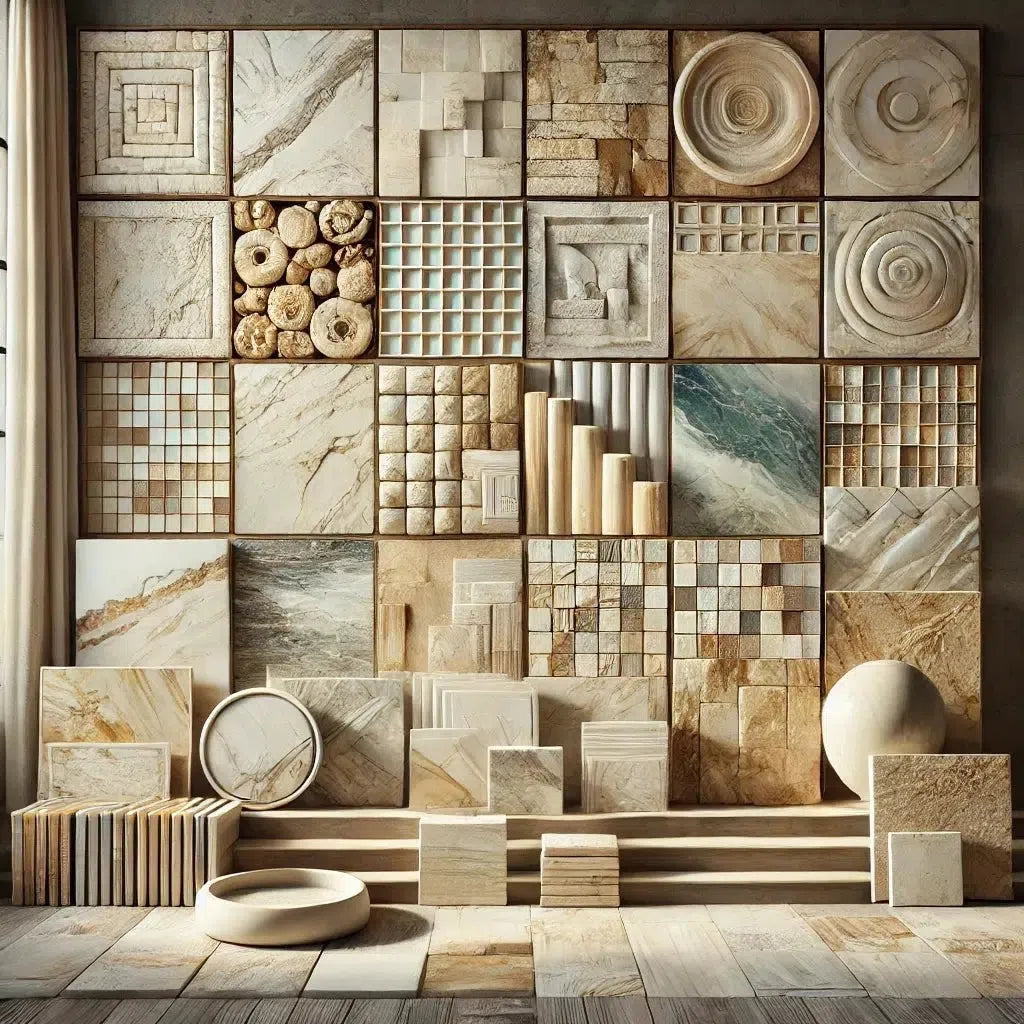 Best Selling Marble Collections
Best Selling Marble Collections
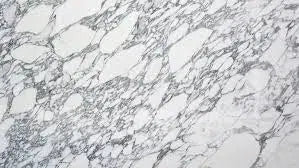 Arabescato Corchia
Arabescato Corchia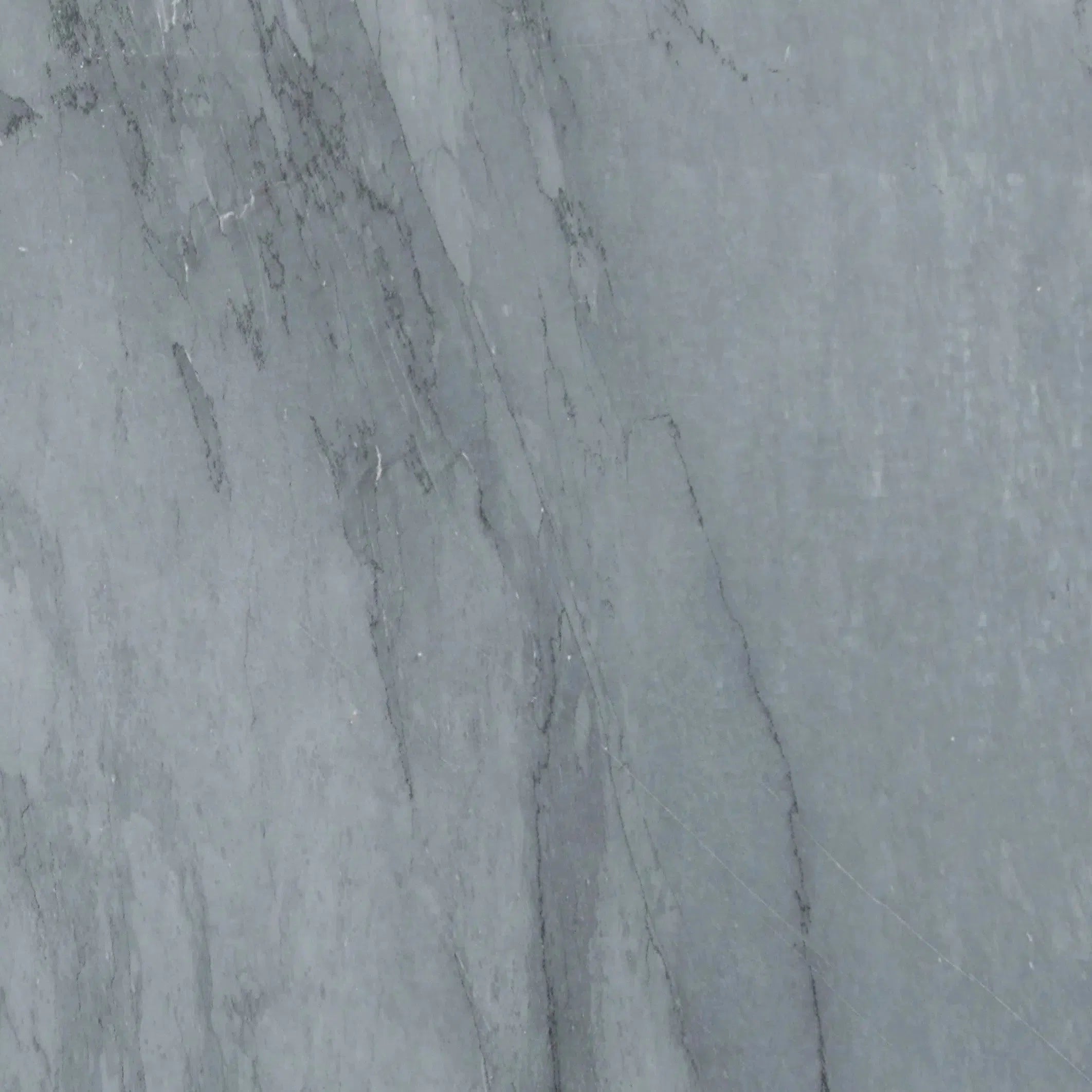 Bardiglio
Bardiglio Bianco Dolomite
Bianco Dolomite 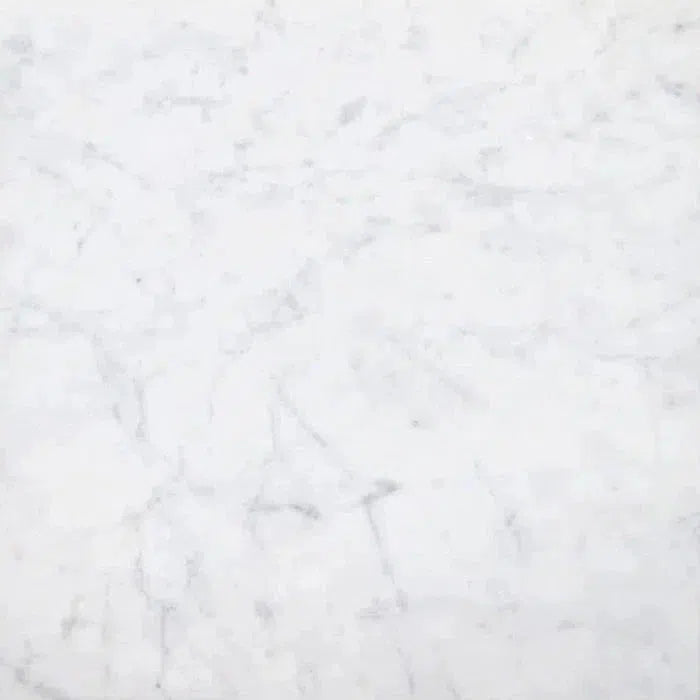 Carrara White
Carrara White 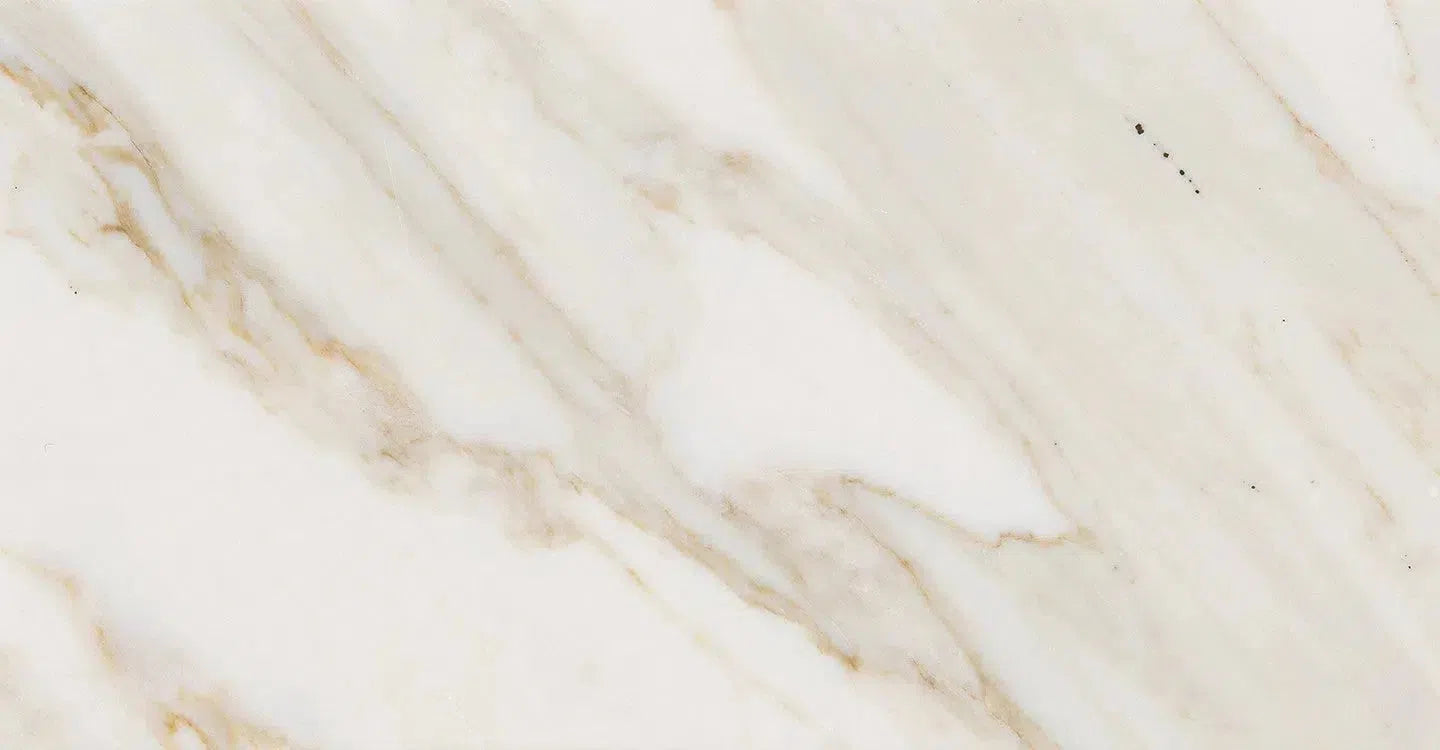 Calacatta Gold
Calacatta Gold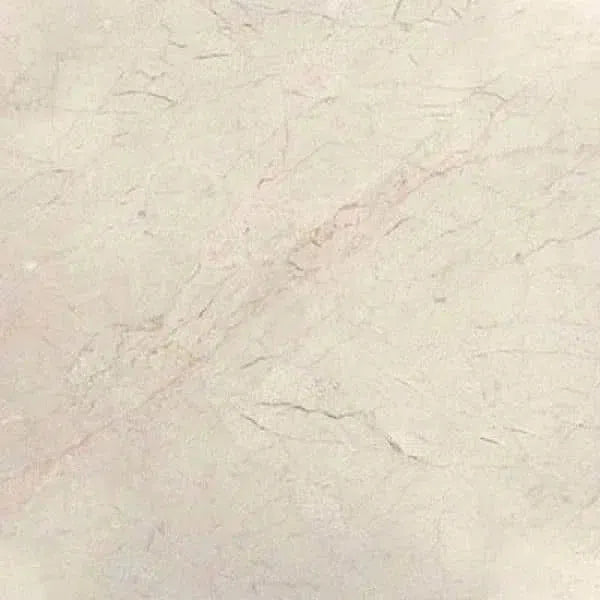 Crema Marfil
Crema Marfil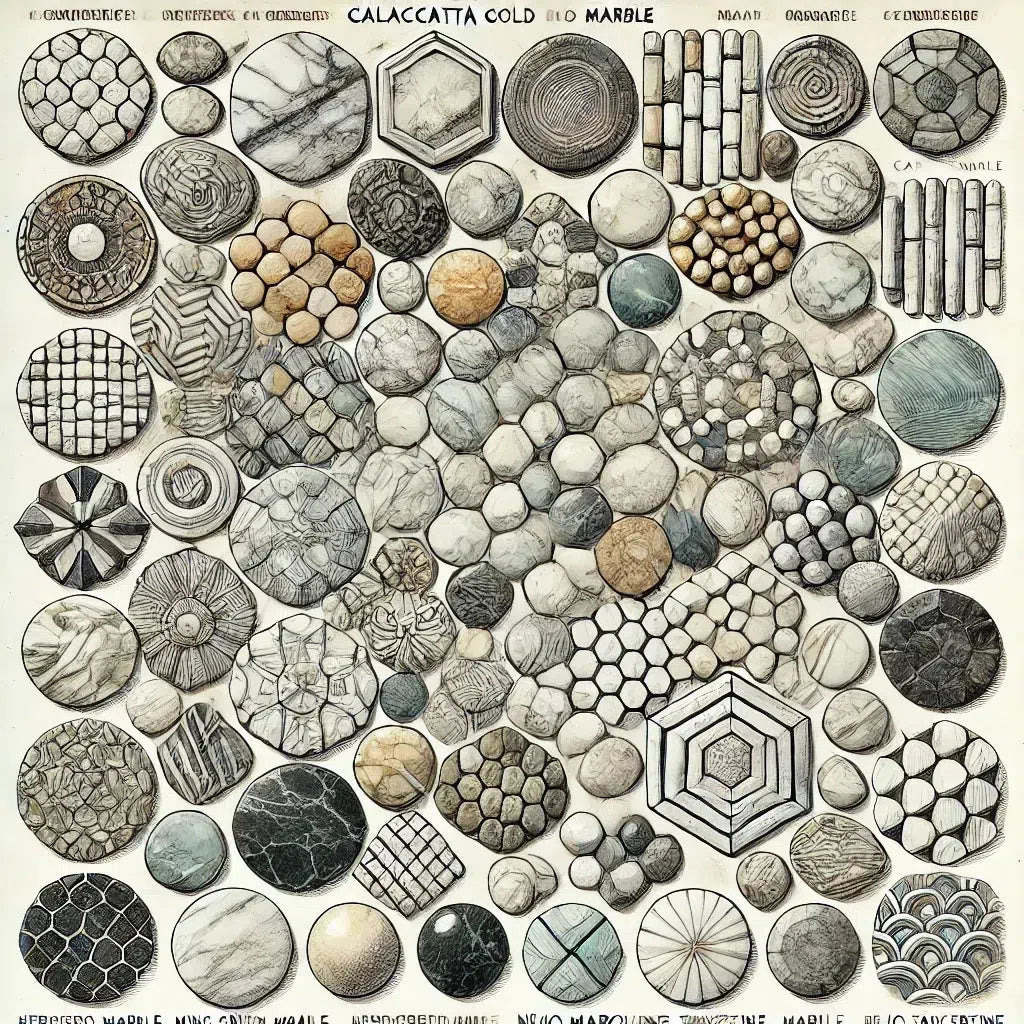 Custom Made Mosaic
Custom Made Mosaic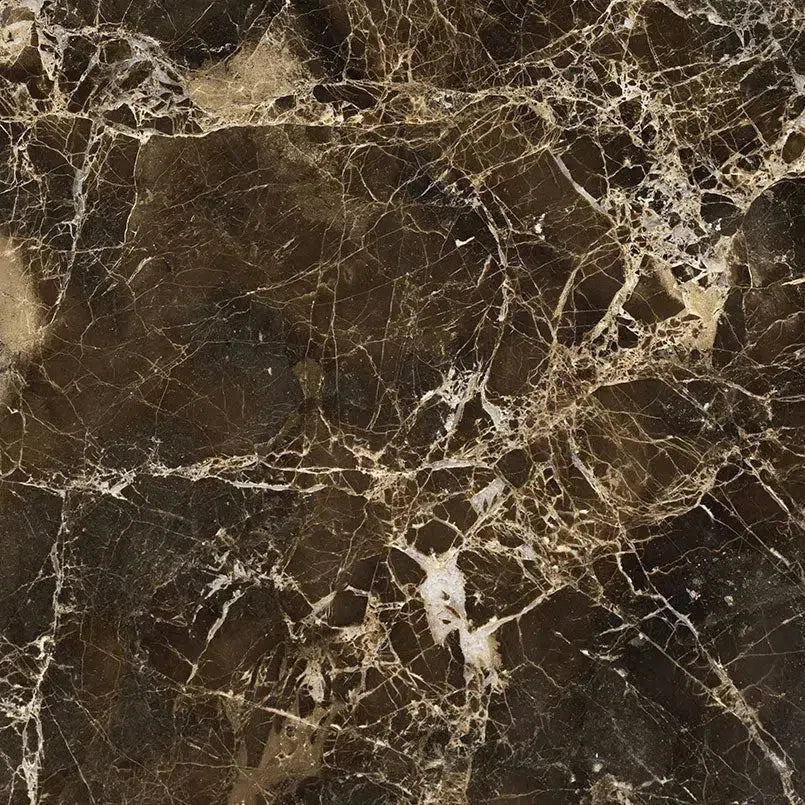 Emperador Dark
Emperador Dark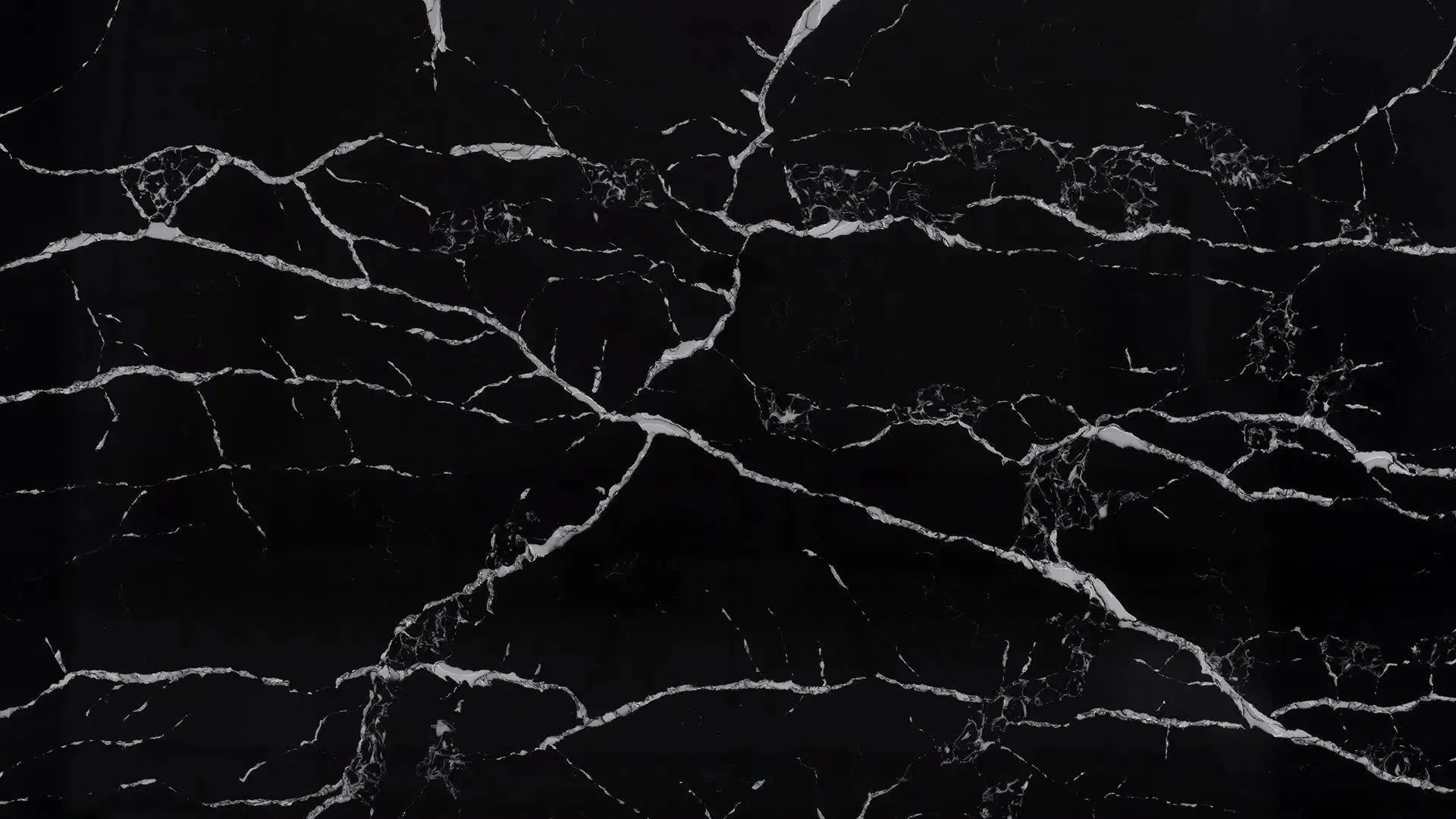 Nero Marquina
Nero Marquina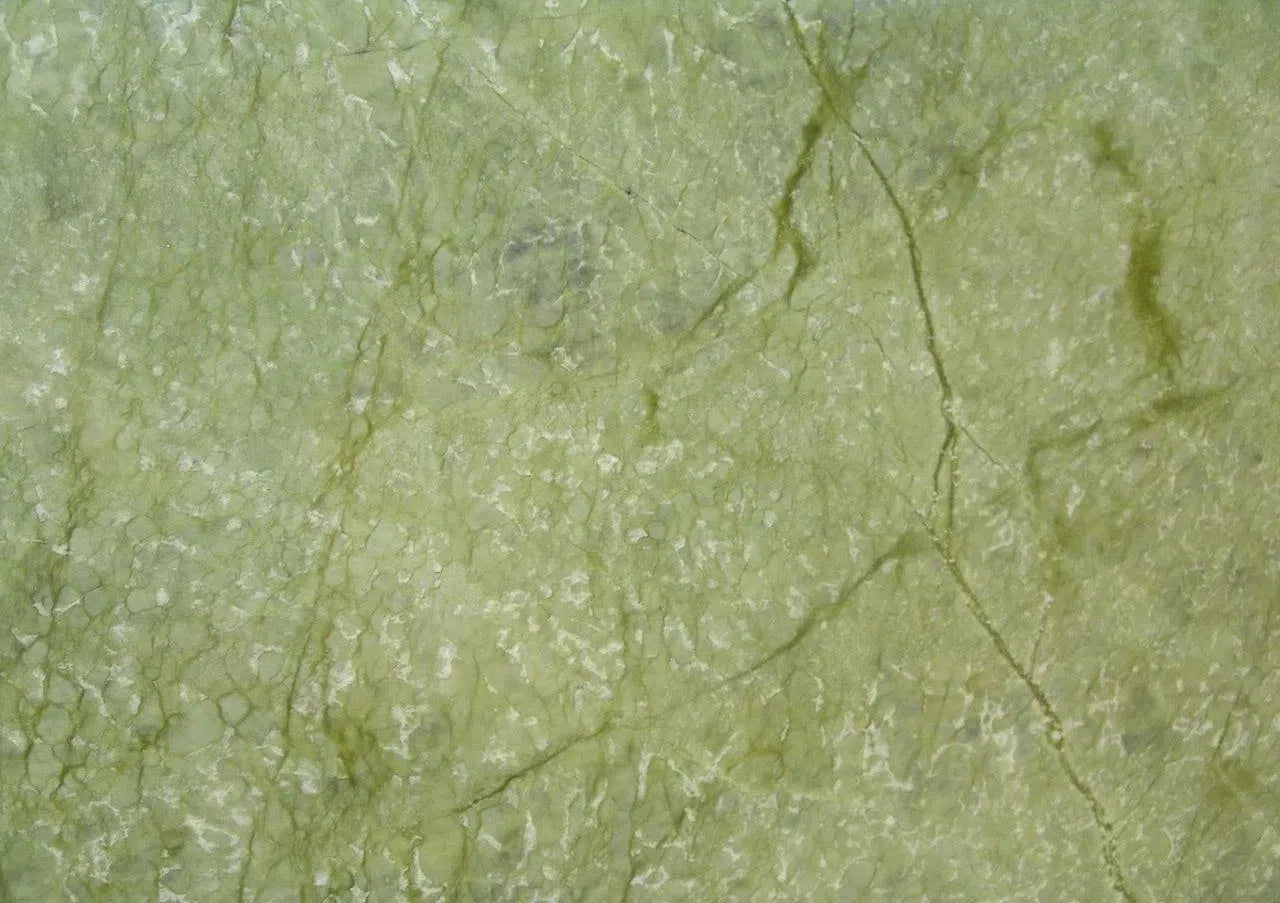 Ming Green Marble
Ming Green Marble Oriental White Marble (Asian Statuary Marble)
Oriental White Marble (Asian Statuary Marble)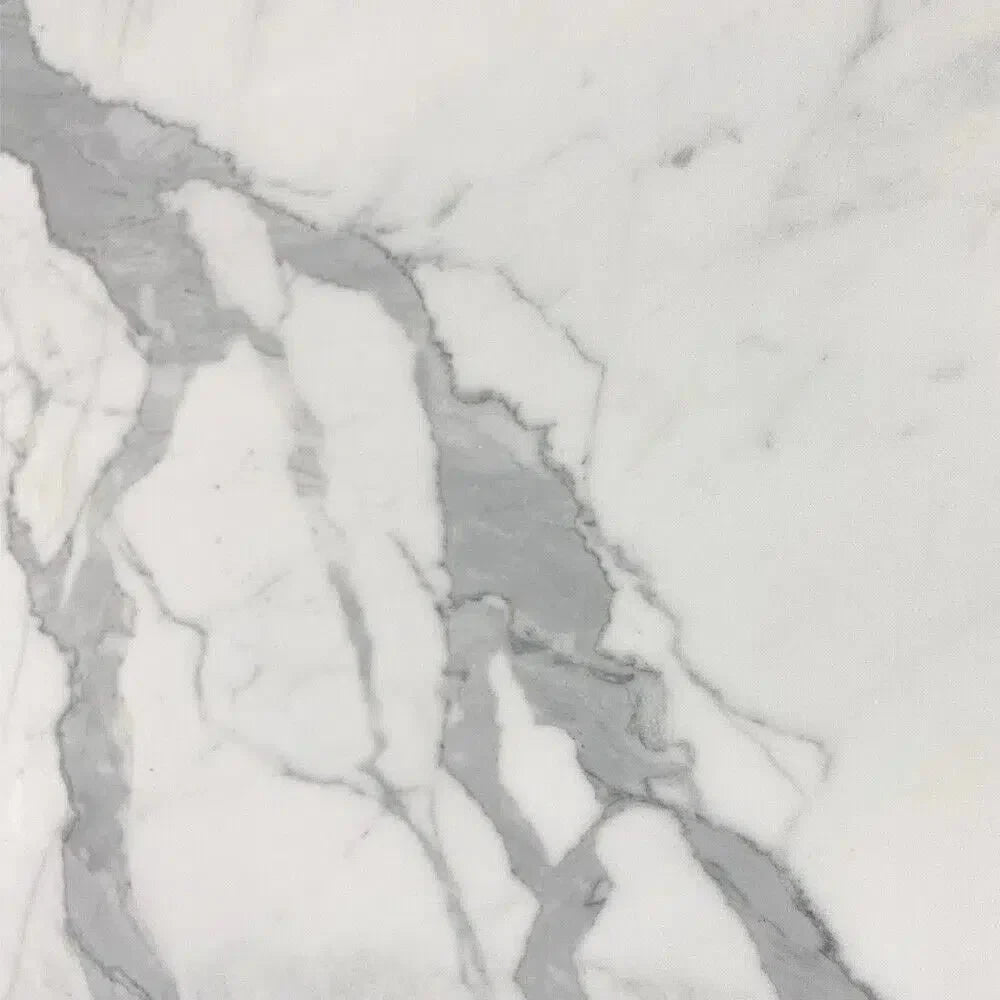 Statuary - Statuario White (Italian) Marble
Statuary - Statuario White (Italian) Marble Thassos White
Thassos White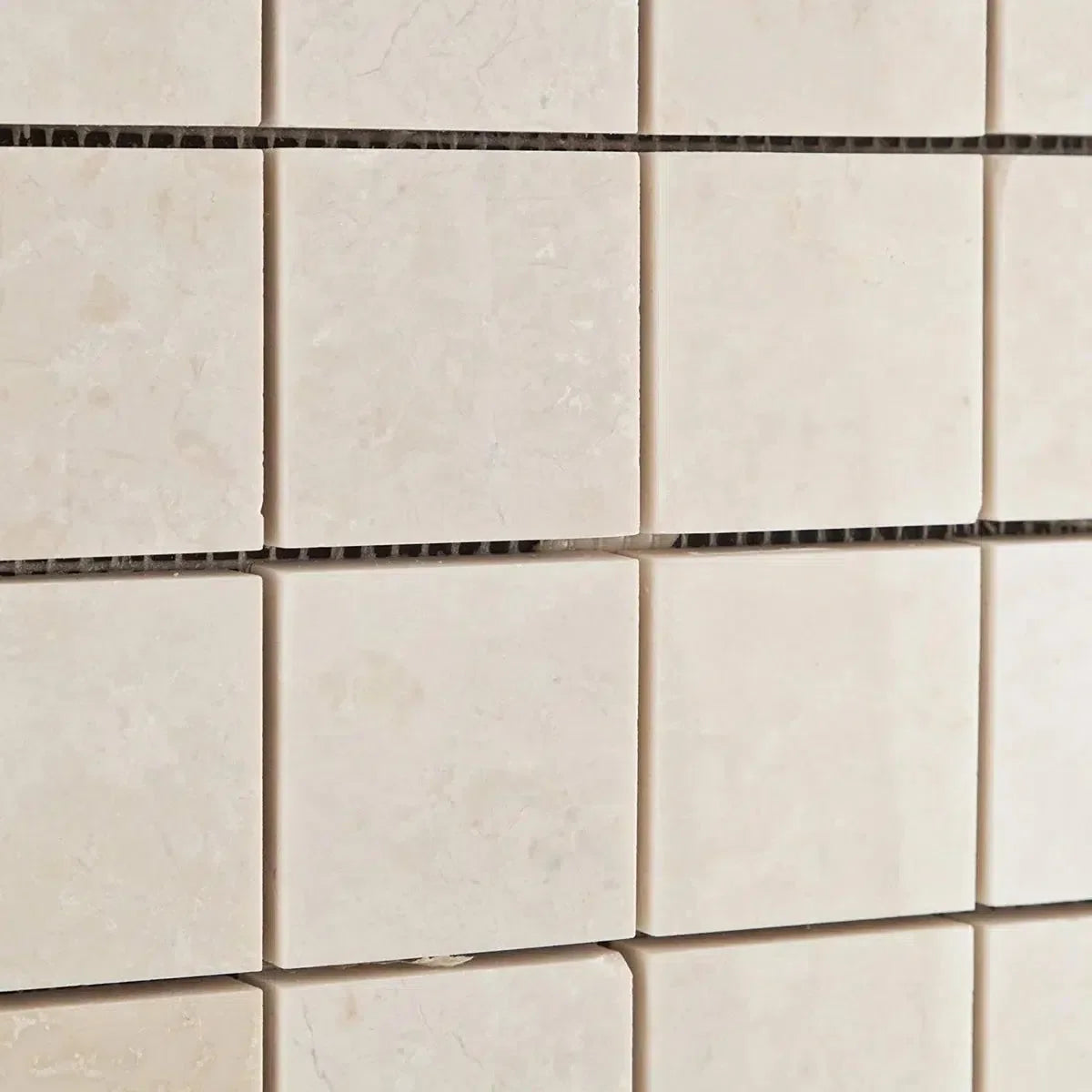 White Pearl/Botticino Beige Marble
White Pearl/Botticino Beige Marble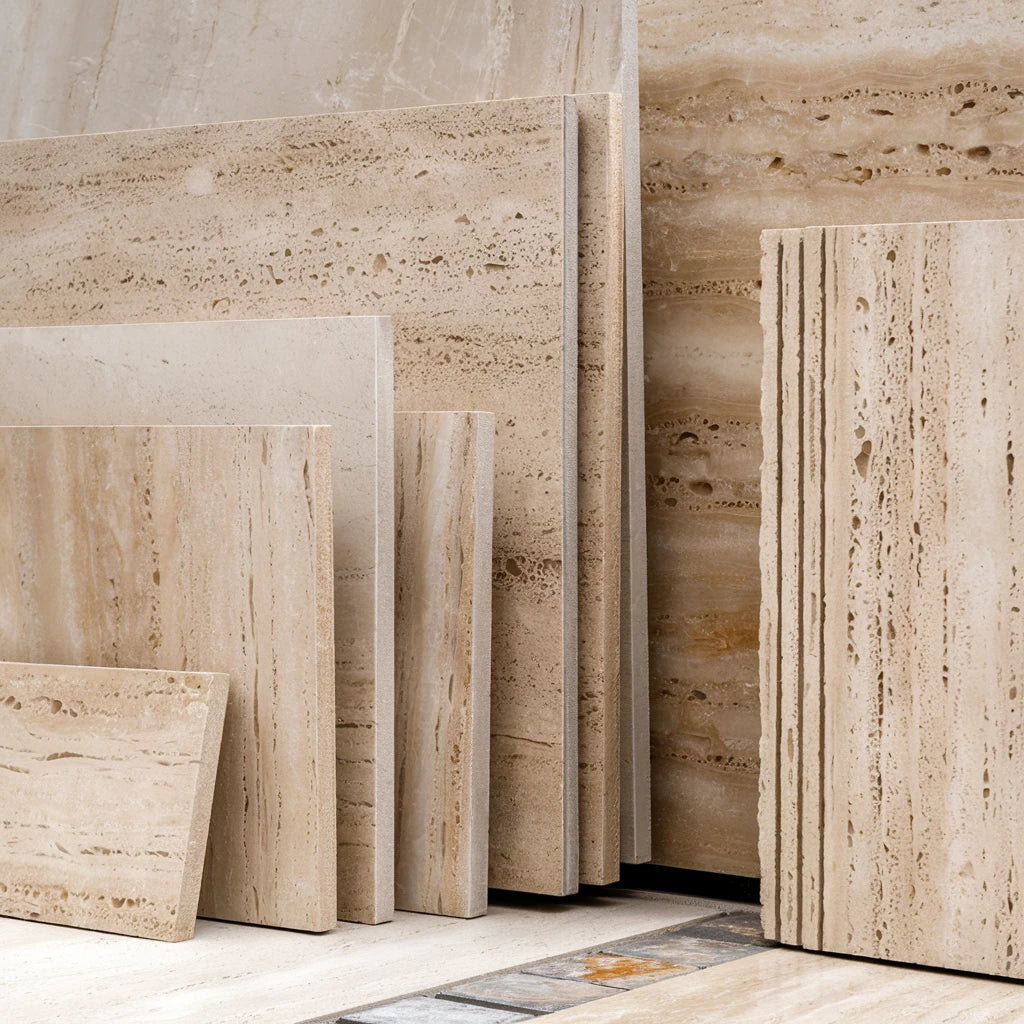 Best Selling Travertine Collections
Best Selling Travertine Collections
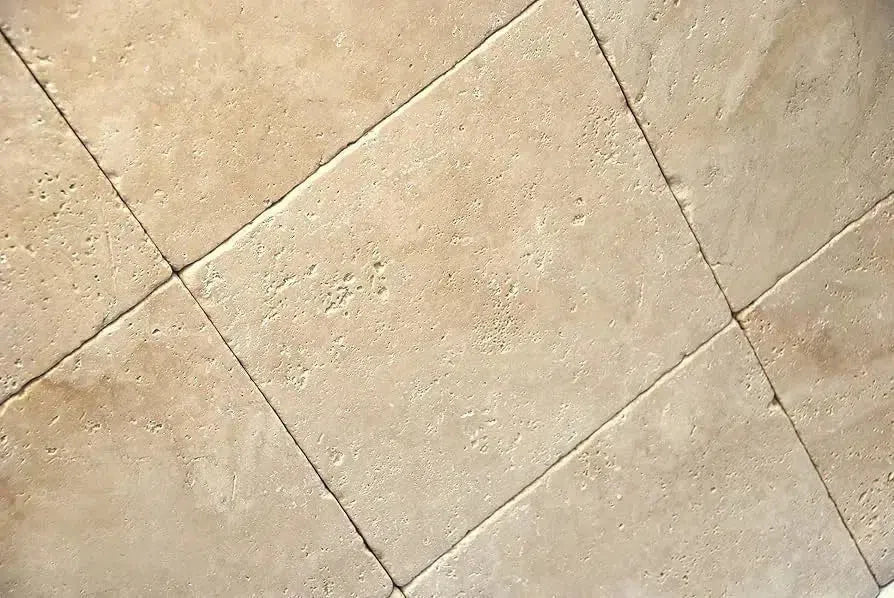 Ivory Travertine
Ivory Travertine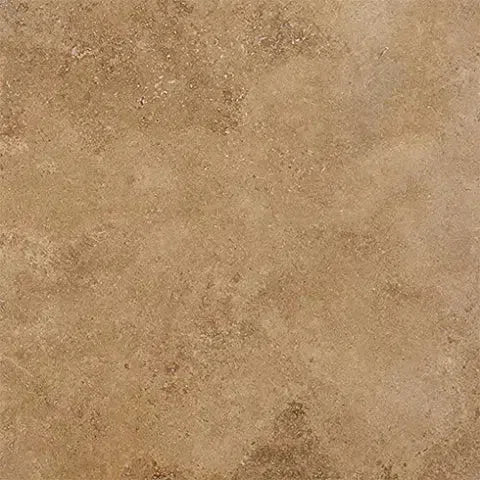 Noce Travertine
Noce Travertine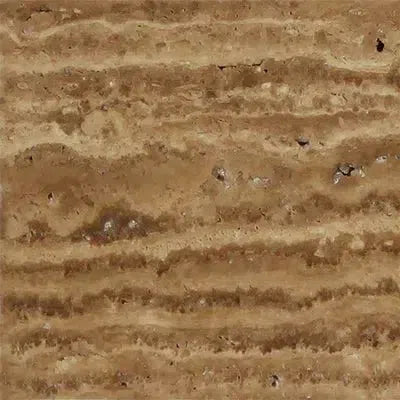 Exotic Noce Travertine
Exotic Noce Travertine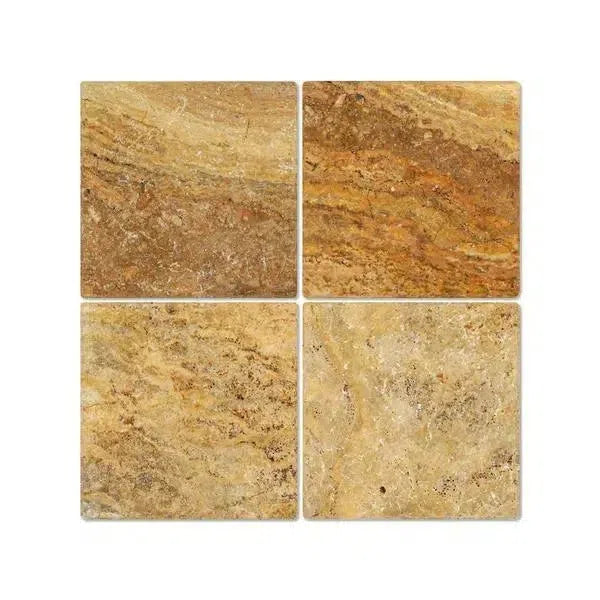 Scabos | Autumn Leaves Travertine
Scabos | Autumn Leaves Travertine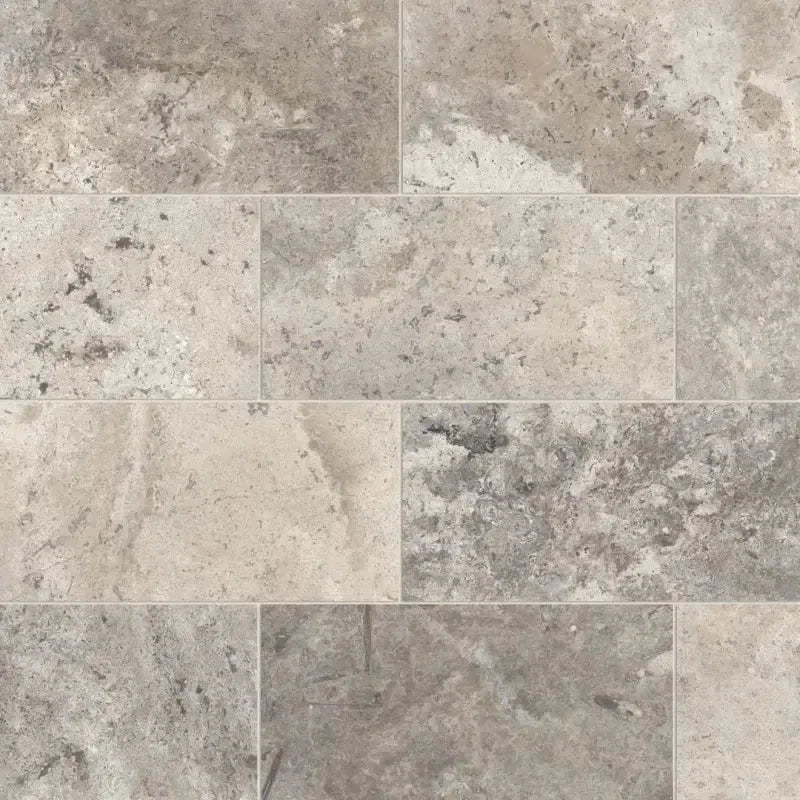 Silver Travertine
Silver Travertine Exotic Travertine
Exotic Travertine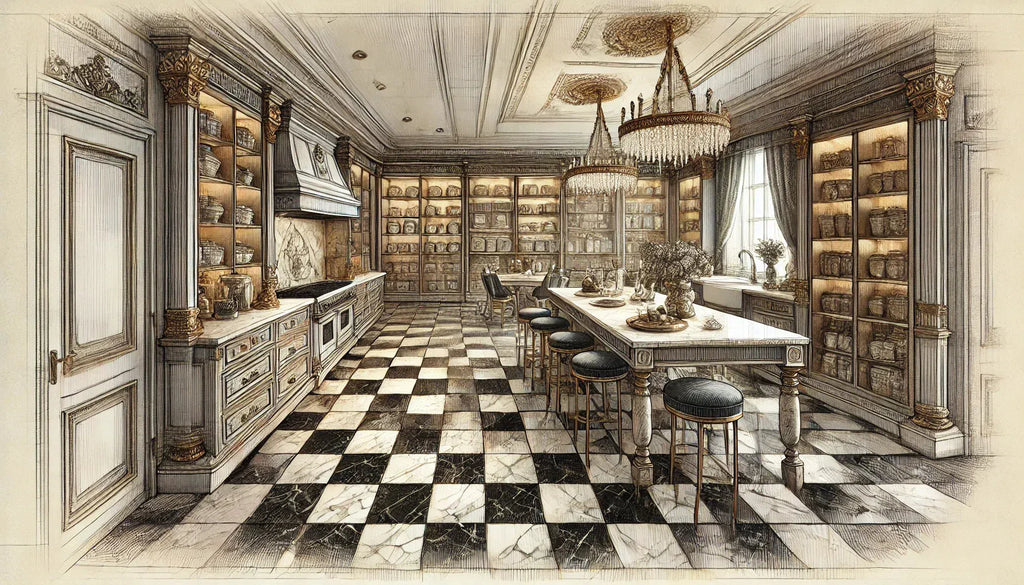 Checkerboard
Checkerboard
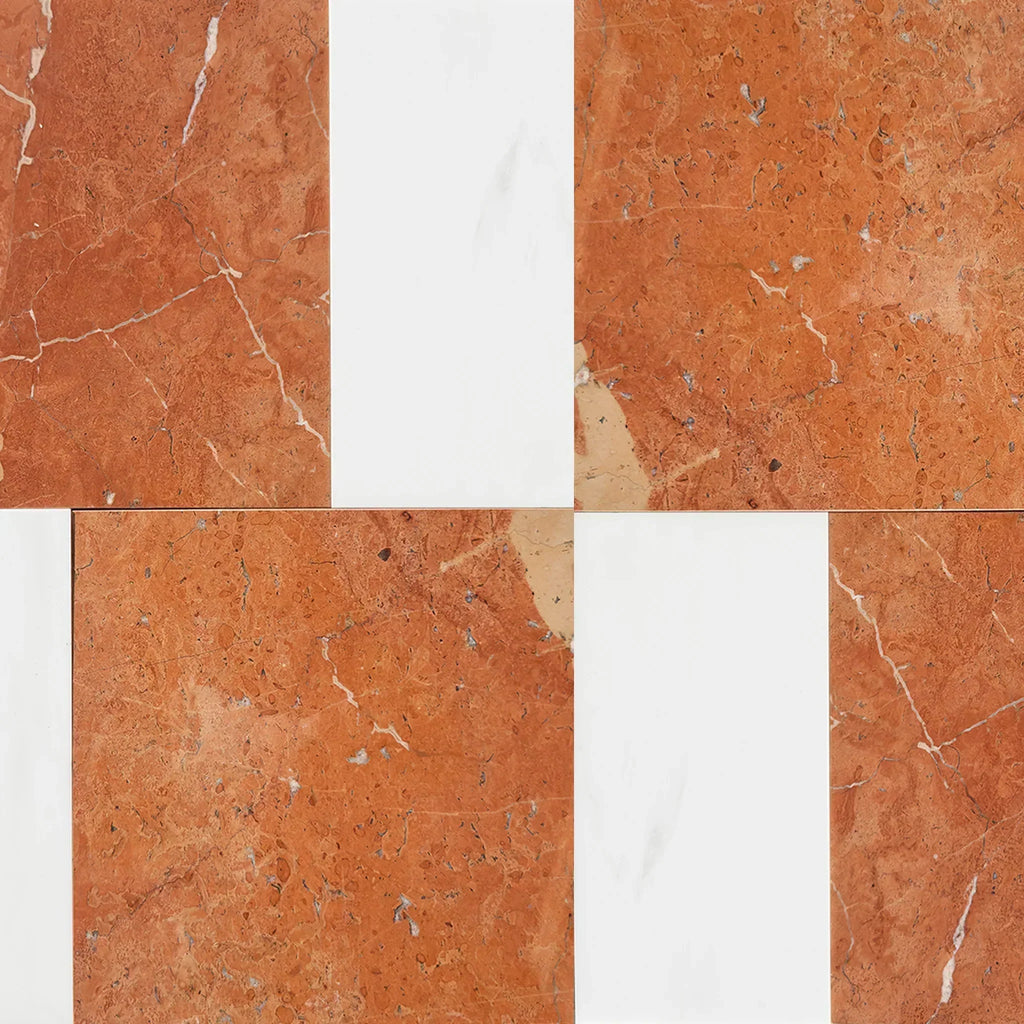 Patterned Tile
Patterned Tile
 Shop By Material
Shop By Material
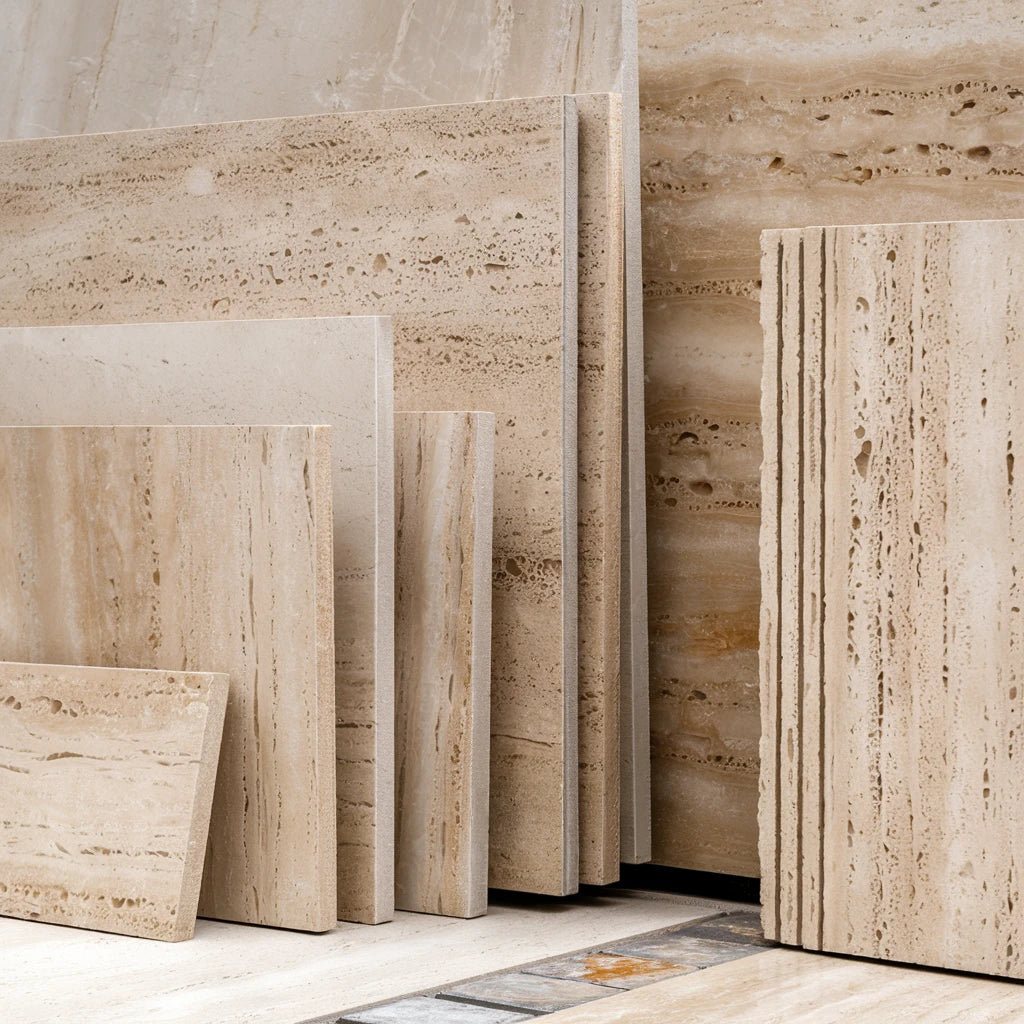 Travertine
Travertine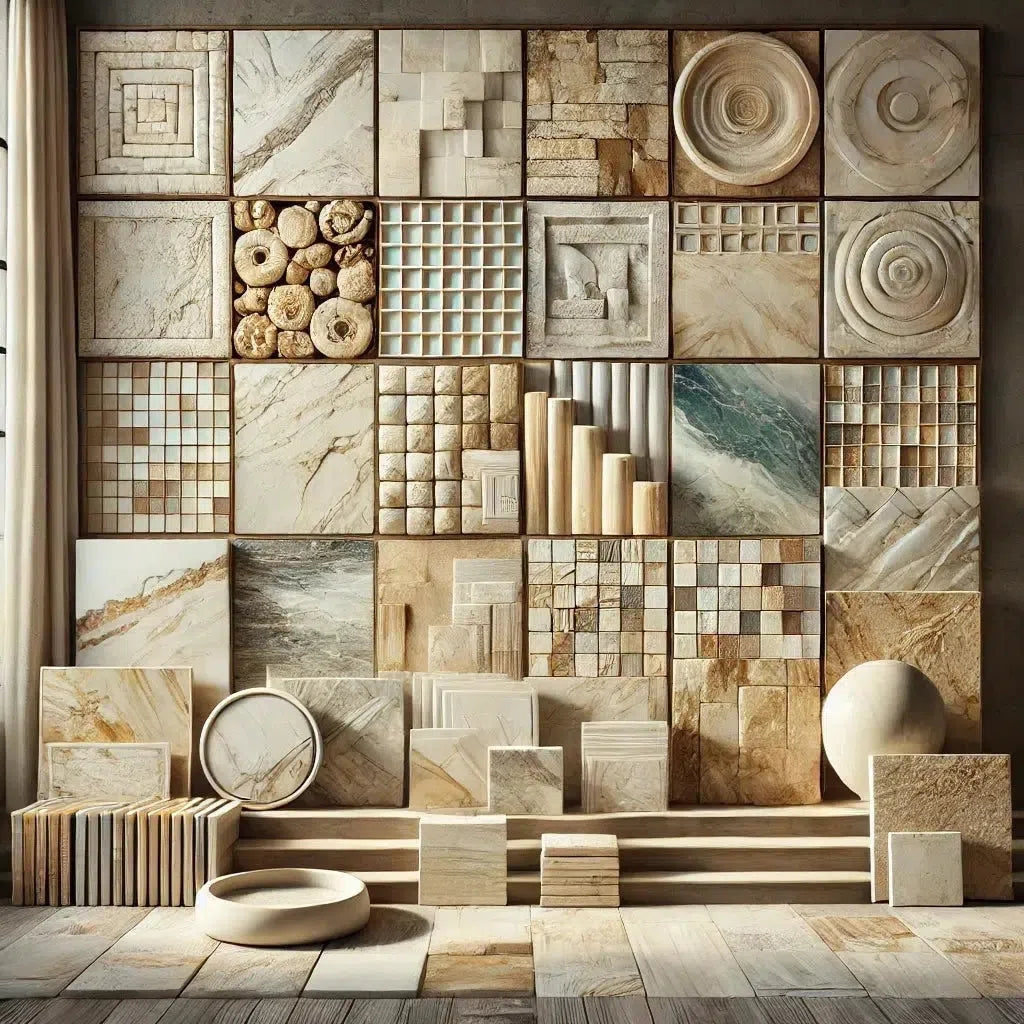 Marble
Marble Limestone
Limestone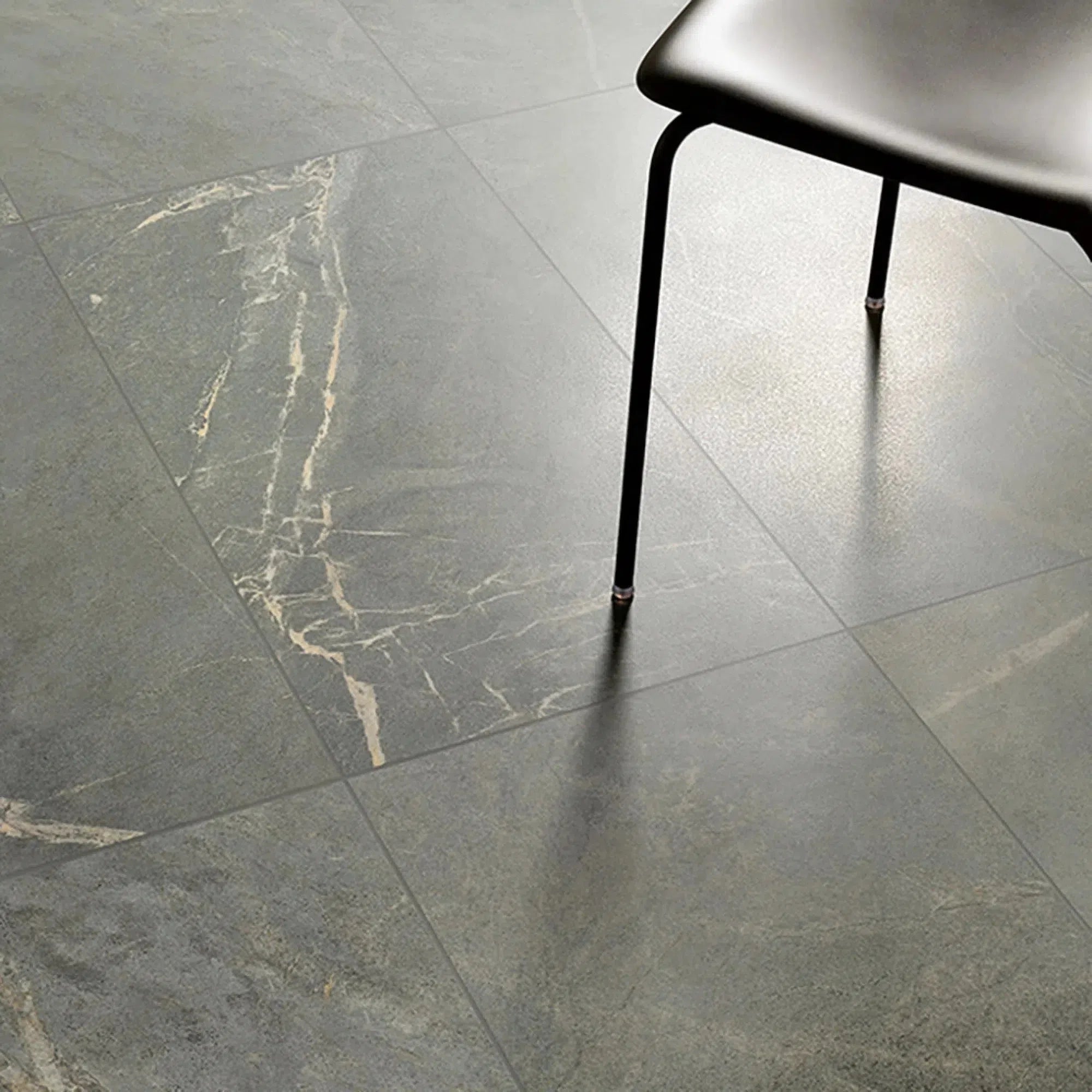 Soap Stone
Soap Stone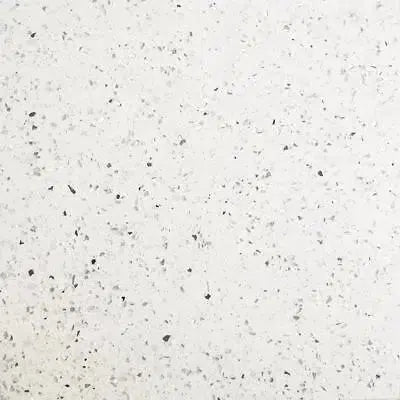 Quartz
Quartz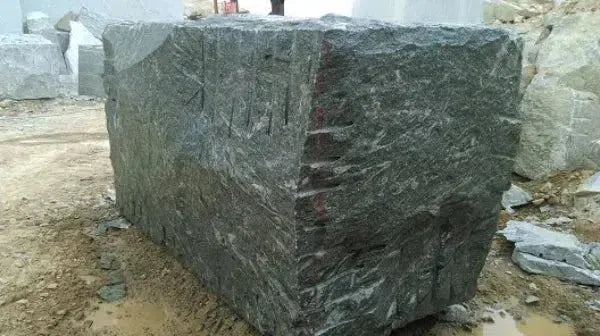 Granite
Granite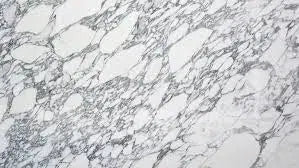 Shop By Name
Shop By Name
 Absolute Black Granite
Absolute Black Granite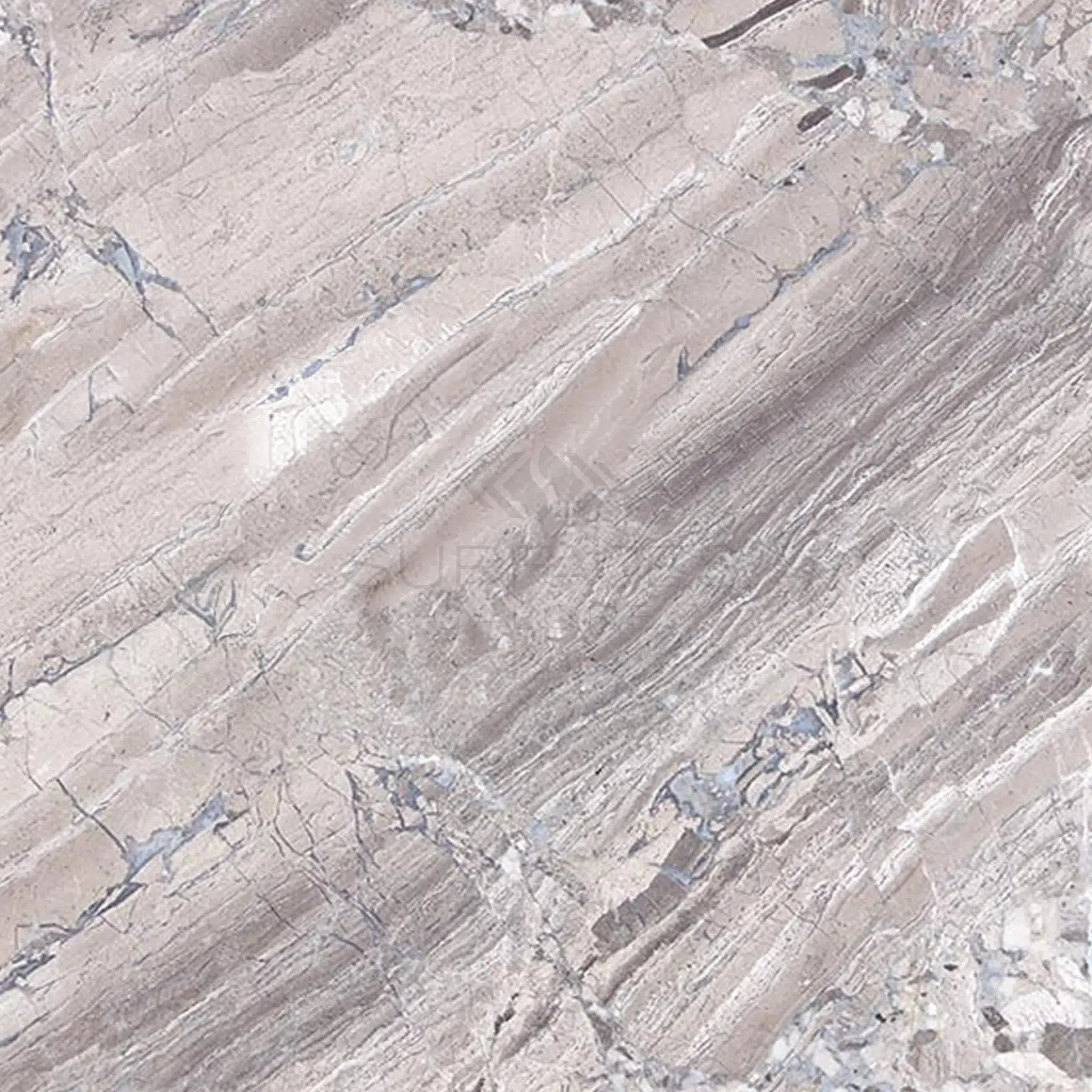 Atlantic Gray Marble
Atlantic Gray Marble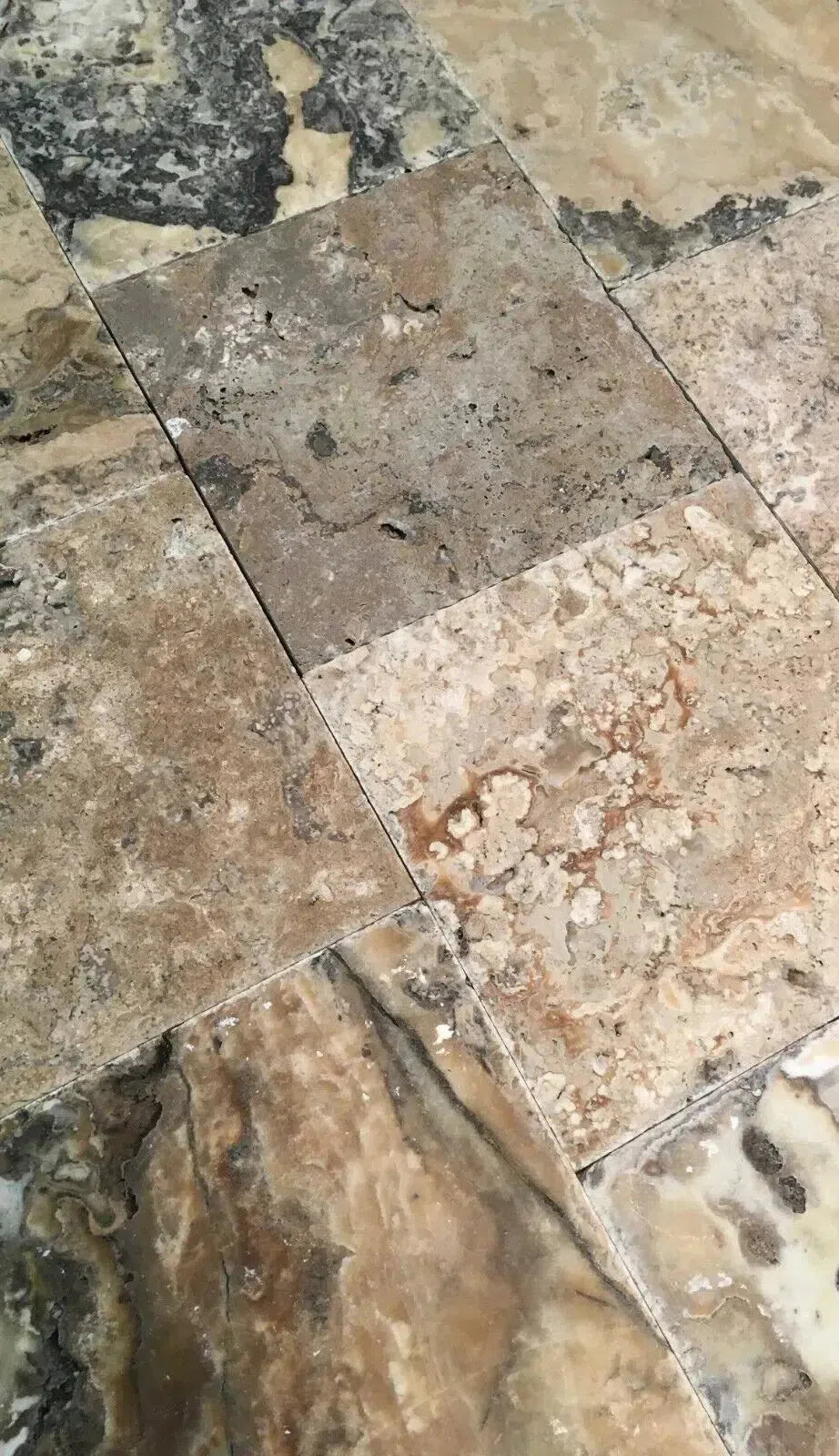 Antico Onyx Travertine
Antico Onyx Travertine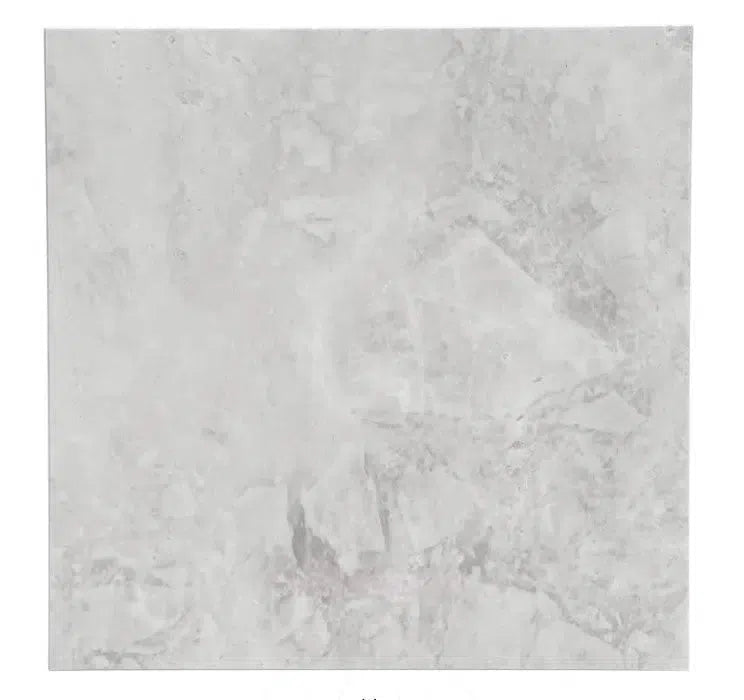 Bianco Congelato Dolomite
Bianco Congelato Dolomite Bianco Venatino (Bianco Mare) Marble
Bianco Venatino (Bianco Mare) Marble Burgundy Mocha Marble
Burgundy Mocha Marble Calacatta Verde Royale Marble
Calacatta Verde Royale Marble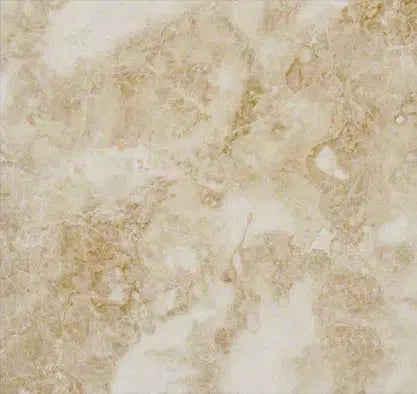 Cappuccino Marble
Cappuccino Marble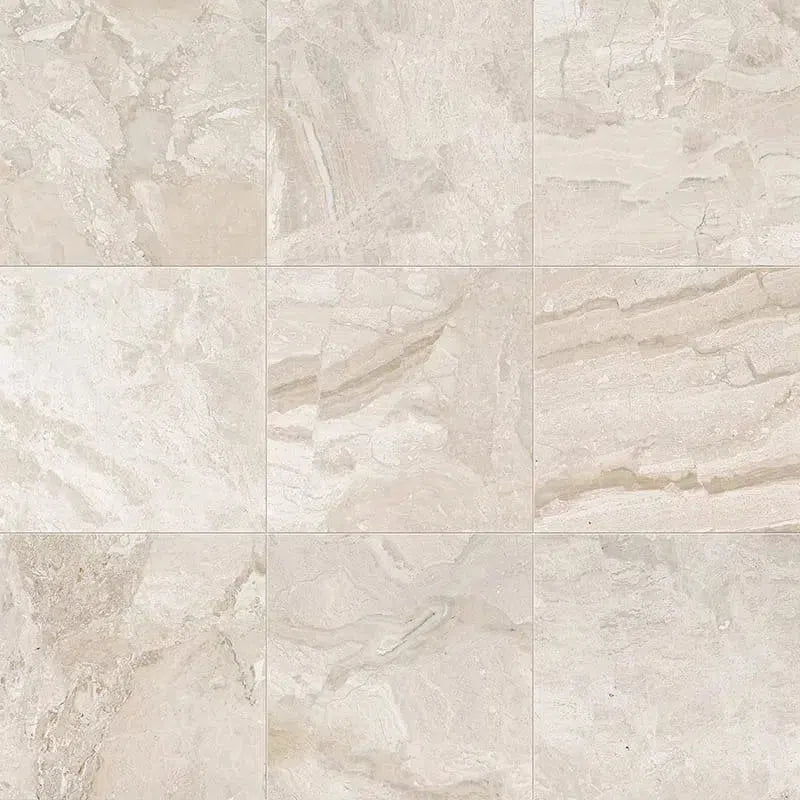 Diano Royal (Queen Beige) Marble
Diano Royal (Queen Beige) Marble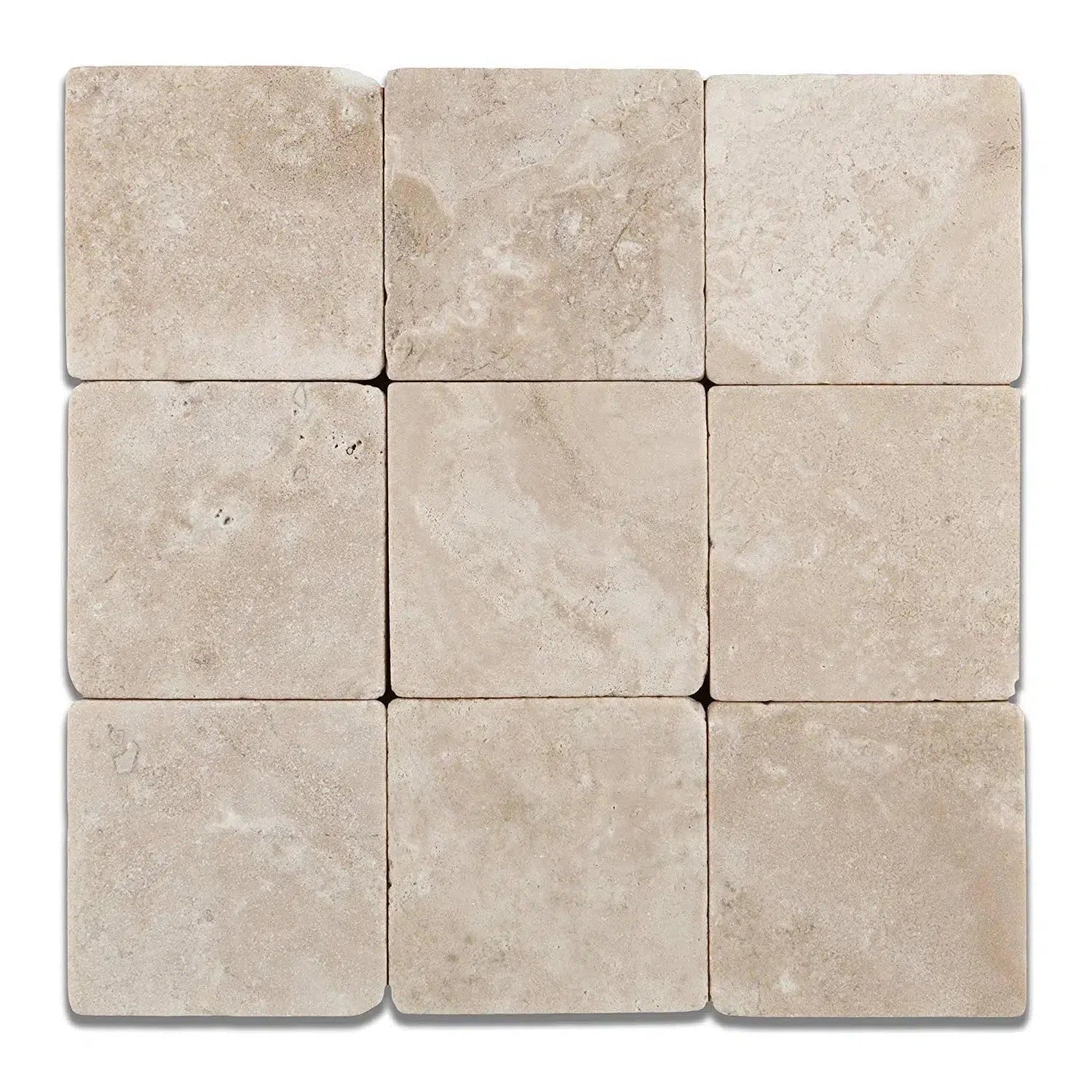 Durango Cream Traverine
Durango Cream Traverine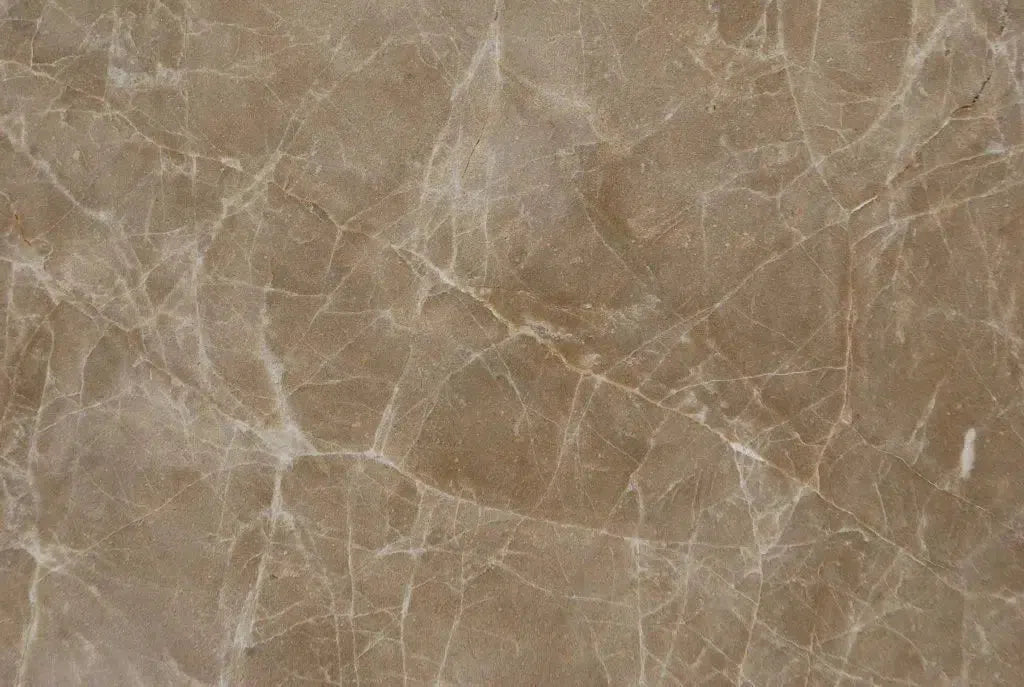 Emperador Light Marble
Emperador Light Marble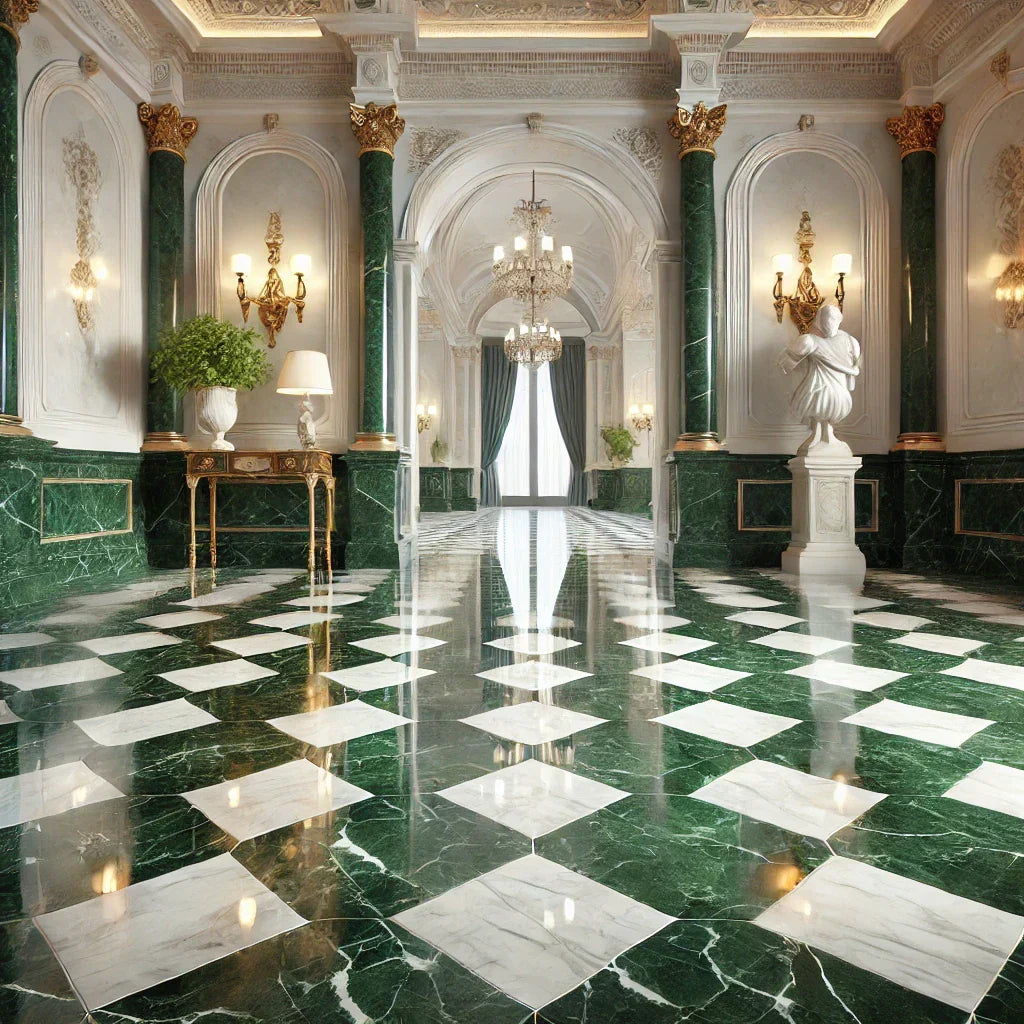 Empress Green Marble
Empress Green Marble Gold/Yellow Travertine
Gold/Yellow Travertine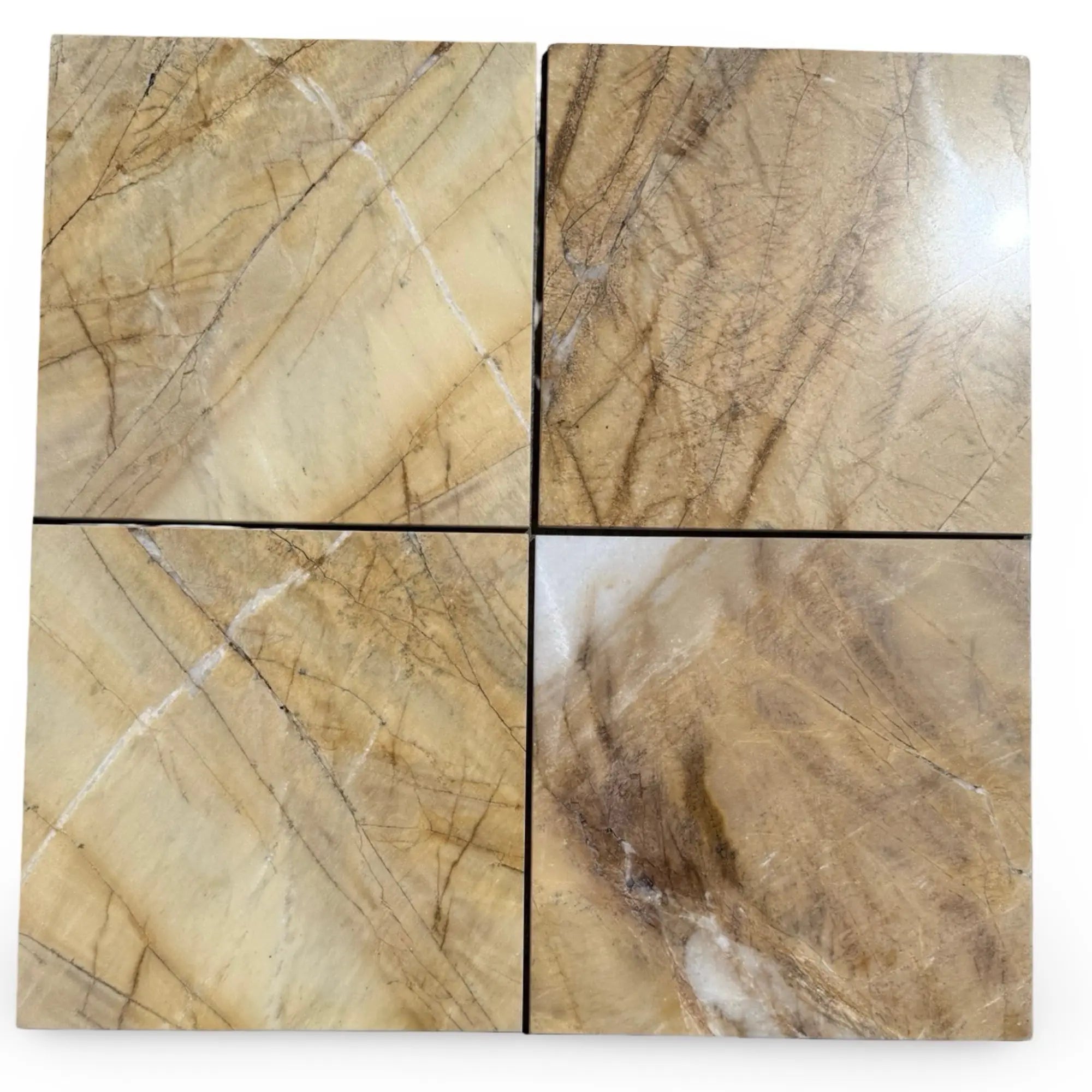 Golden Horizon Marble
Golden Horizon Marble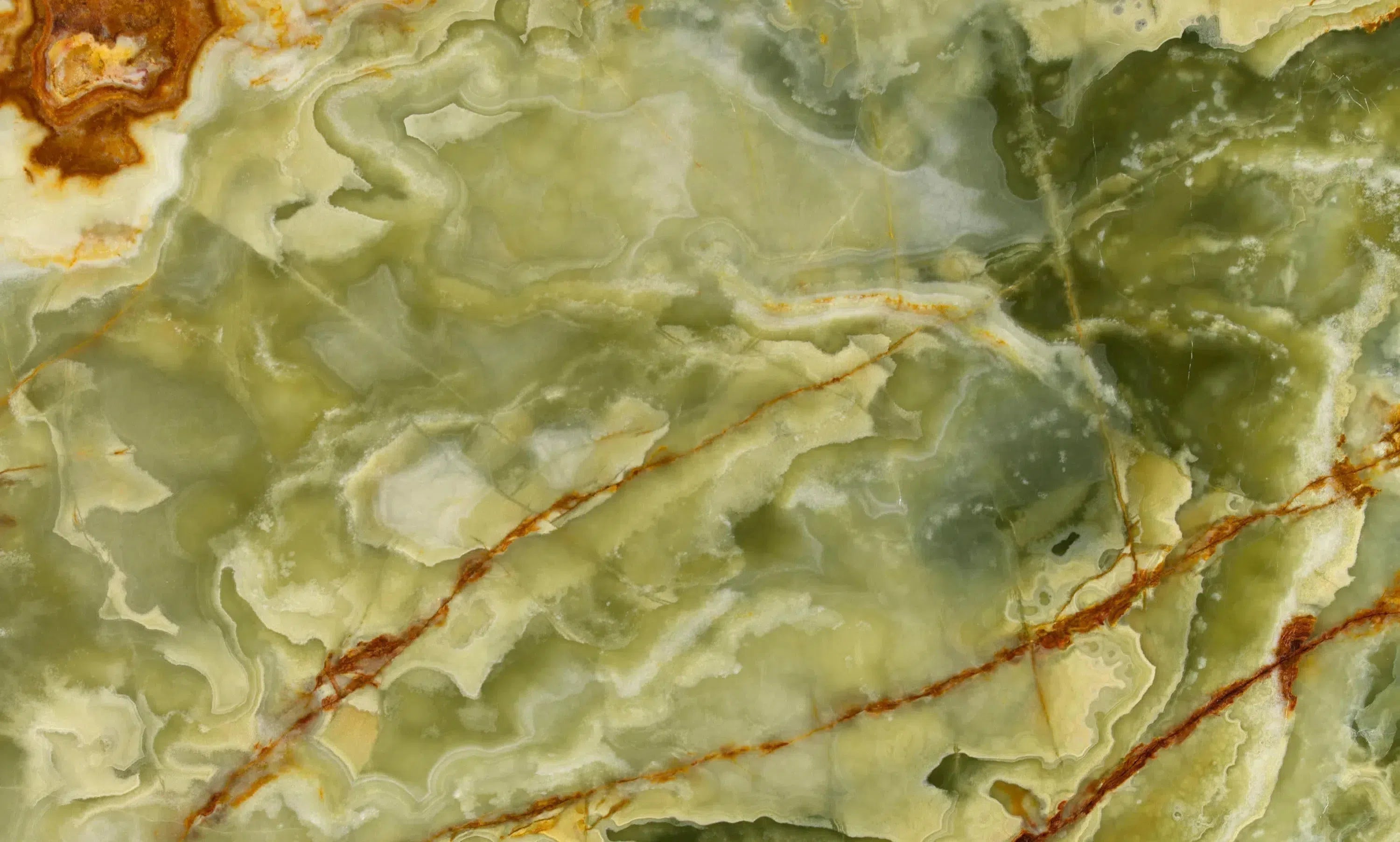 Green Onyx Marble
Green Onyx Marble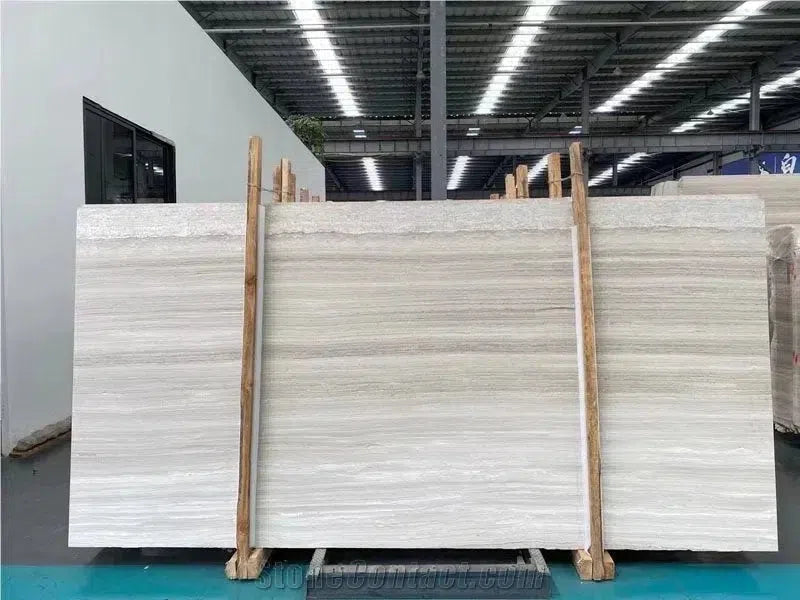 Haisa Light (White Wood) Limestone
Haisa Light (White Wood) Limestone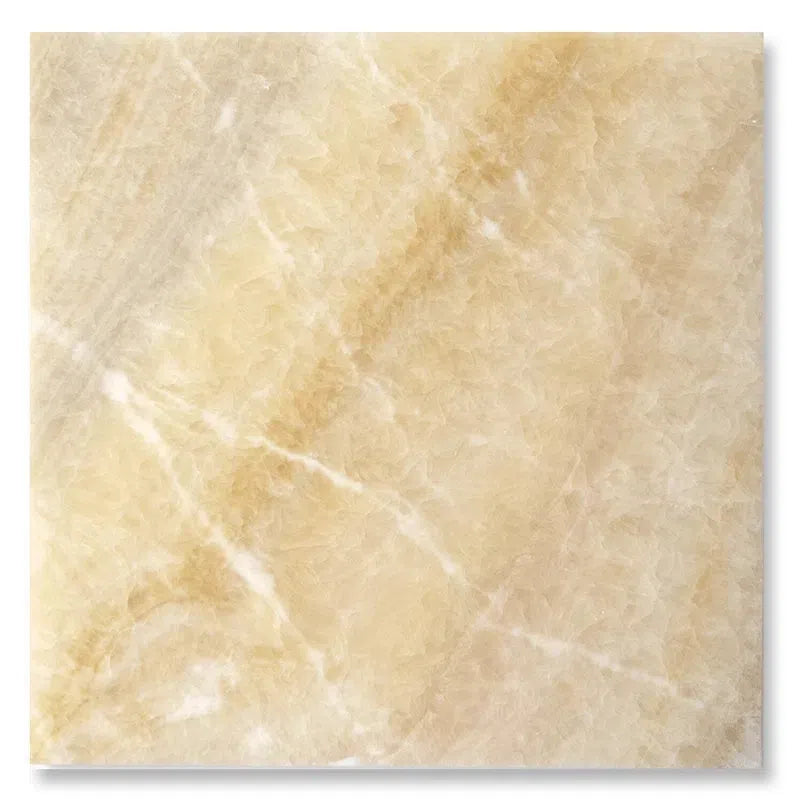 Honey Onyx Marble
Honey Onyx Marble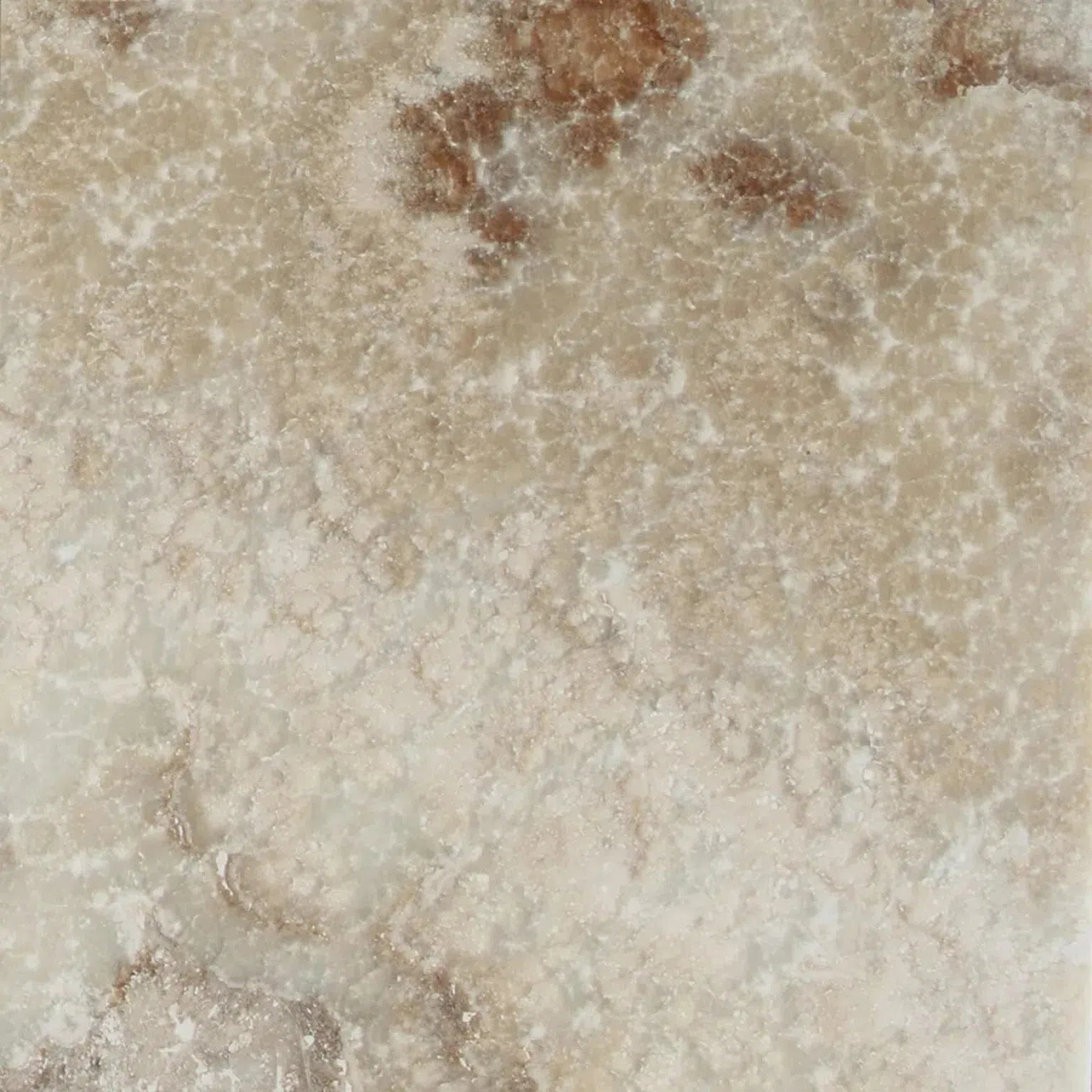 La Travonya Travertine
La Travonya Travertine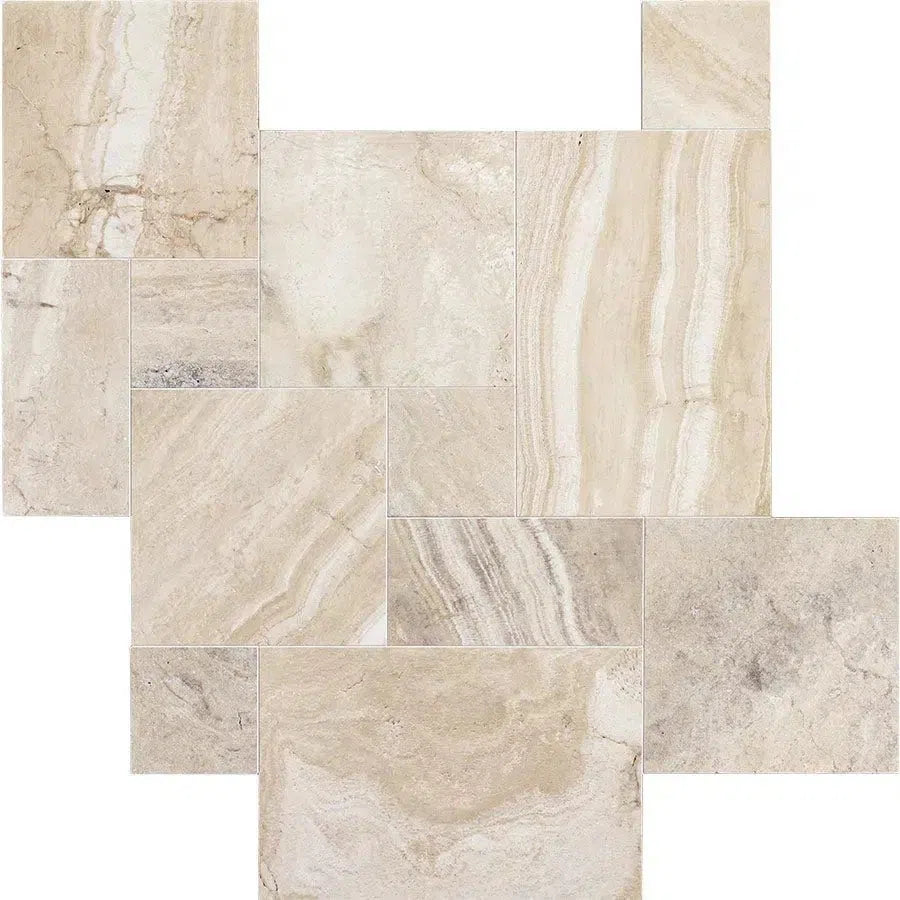 Malibu Travertine
Malibu Travertine Mink (Equator) Marble
Mink (Equator) Marble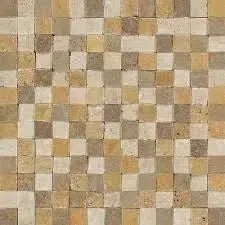 Mixed (Ivory-Noce-Gold) Travertine
Mixed (Ivory-Noce-Gold) Travertine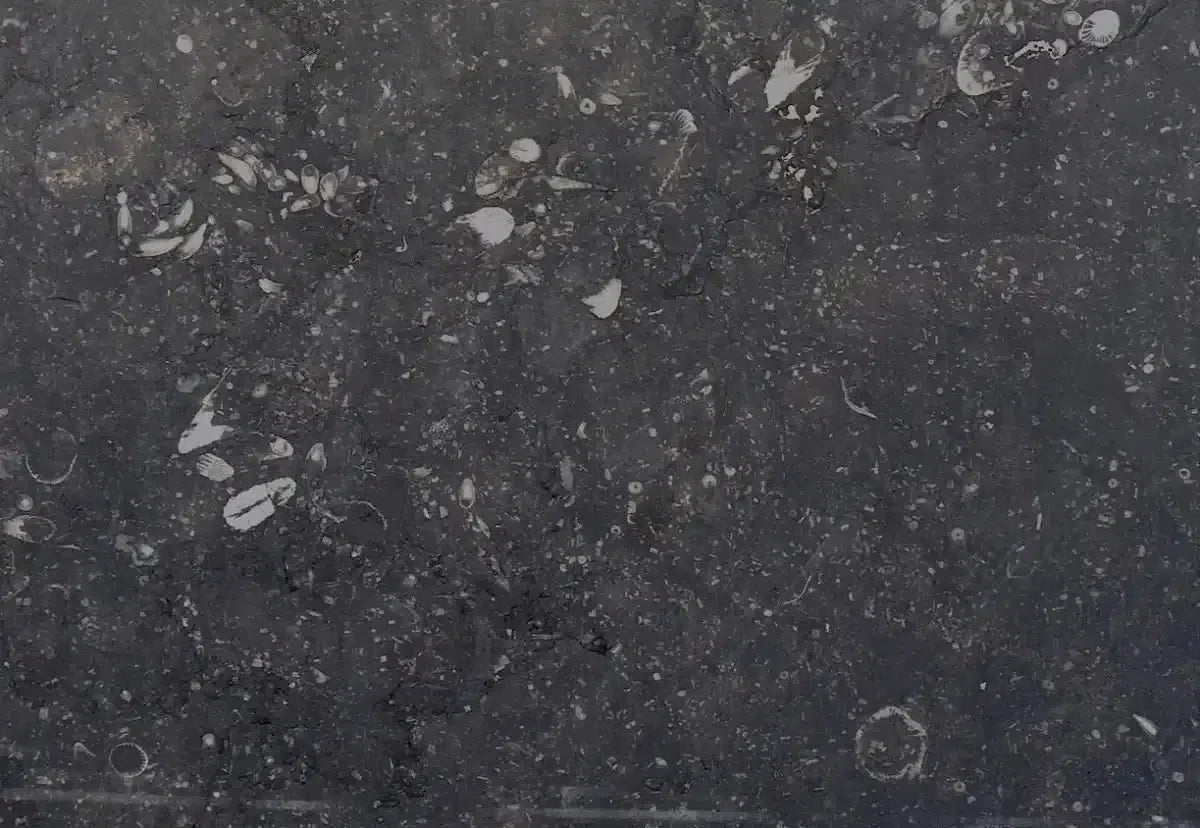 Pierre Bleue (Pierre Blue) Marble
Pierre Bleue (Pierre Blue) Marble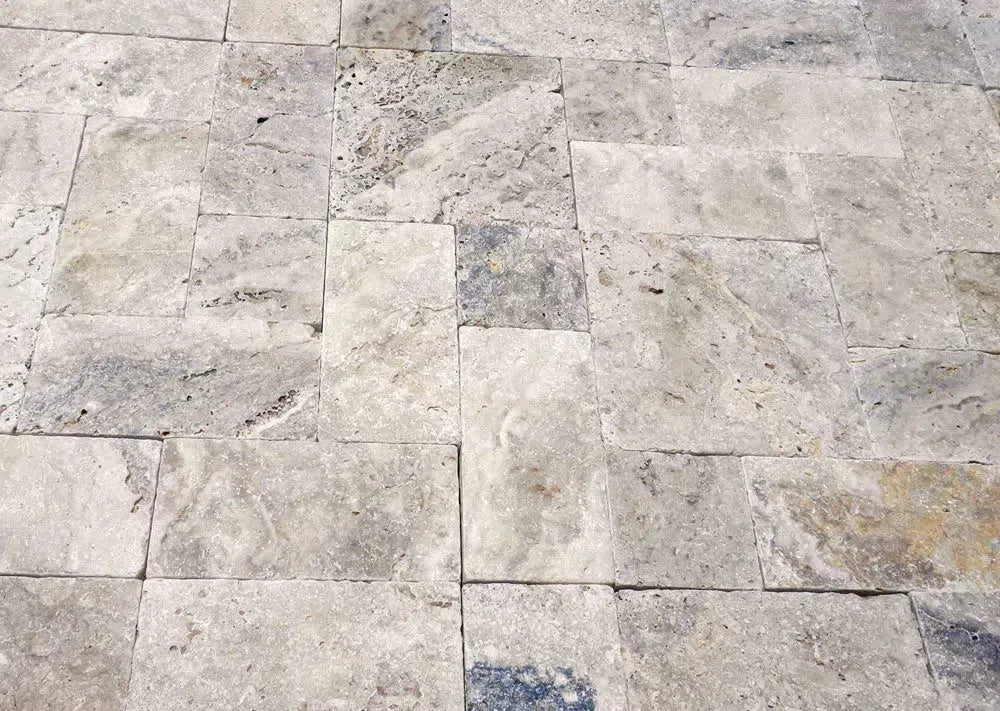 Philadelphia Travertine
Philadelphia Travertine Rosé Aurora Marble
Rosé Aurora Marble Rosetta Storm Marble
Rosetta Storm Marble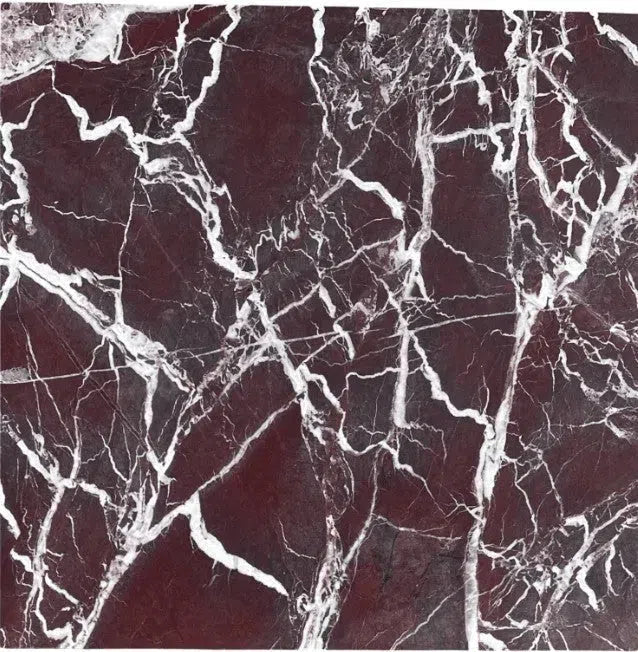 Rosso Levanto Marble
Rosso Levanto Marble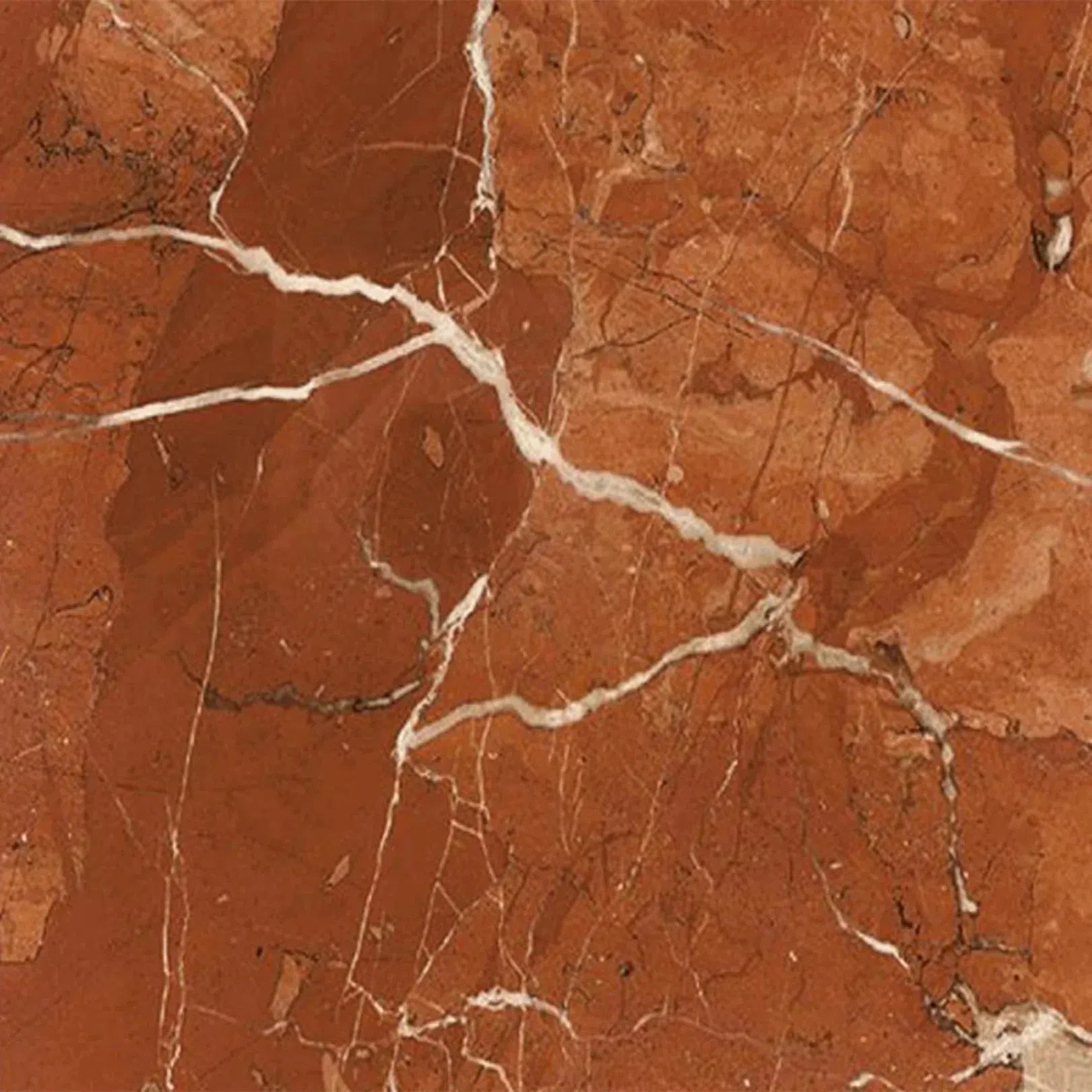 Rojo Alicante Marble
Rojo Alicante Marble Sahara Ember Marble
Sahara Ember Marble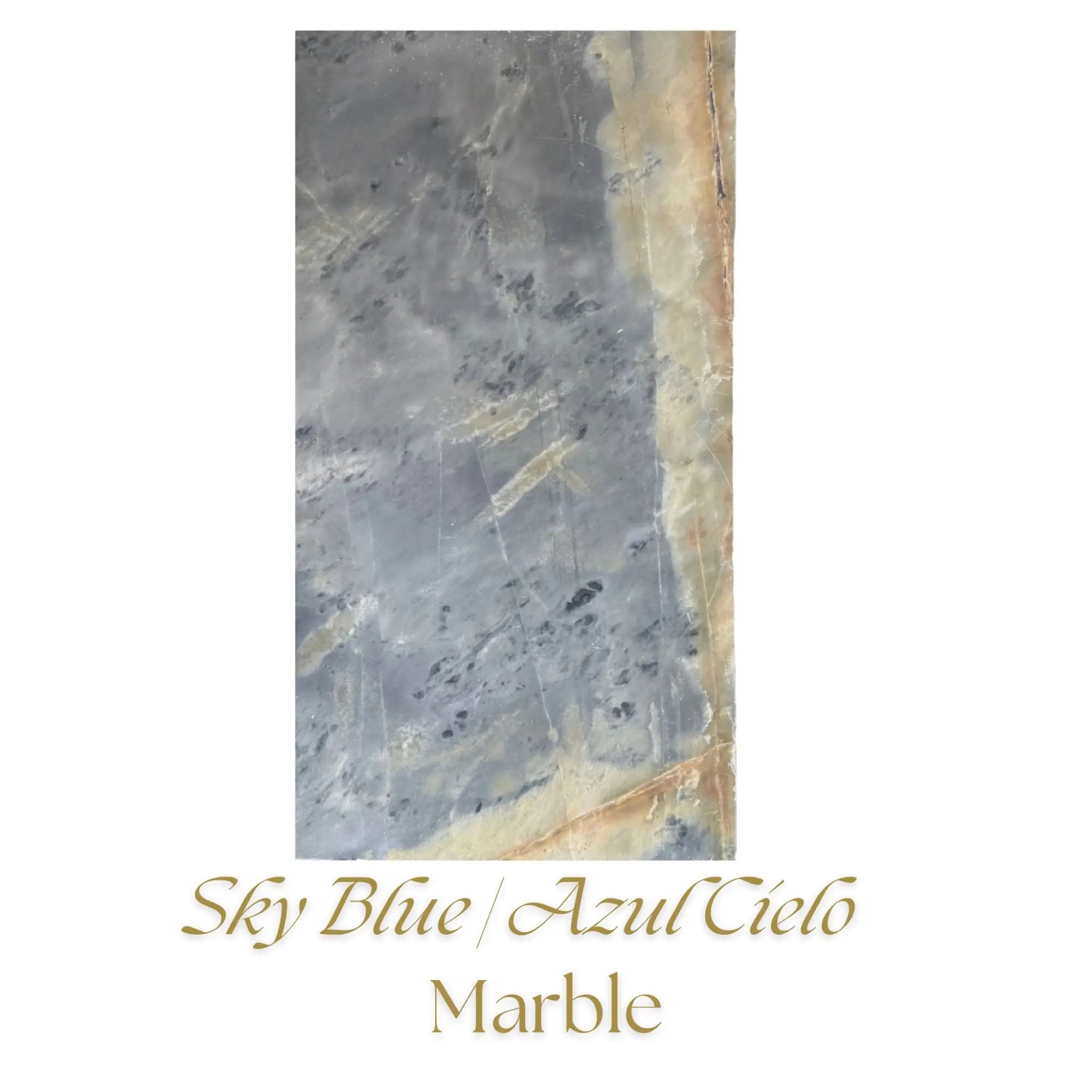 Sky Blue | Azul Cielo Marble
Sky Blue | Azul Cielo Marble Snow White (Afyon White) Marble
Snow White (Afyon White) Marble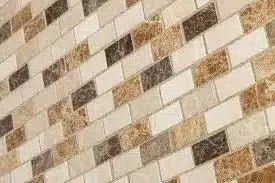 Spanish Mix Marble
Spanish Mix Marble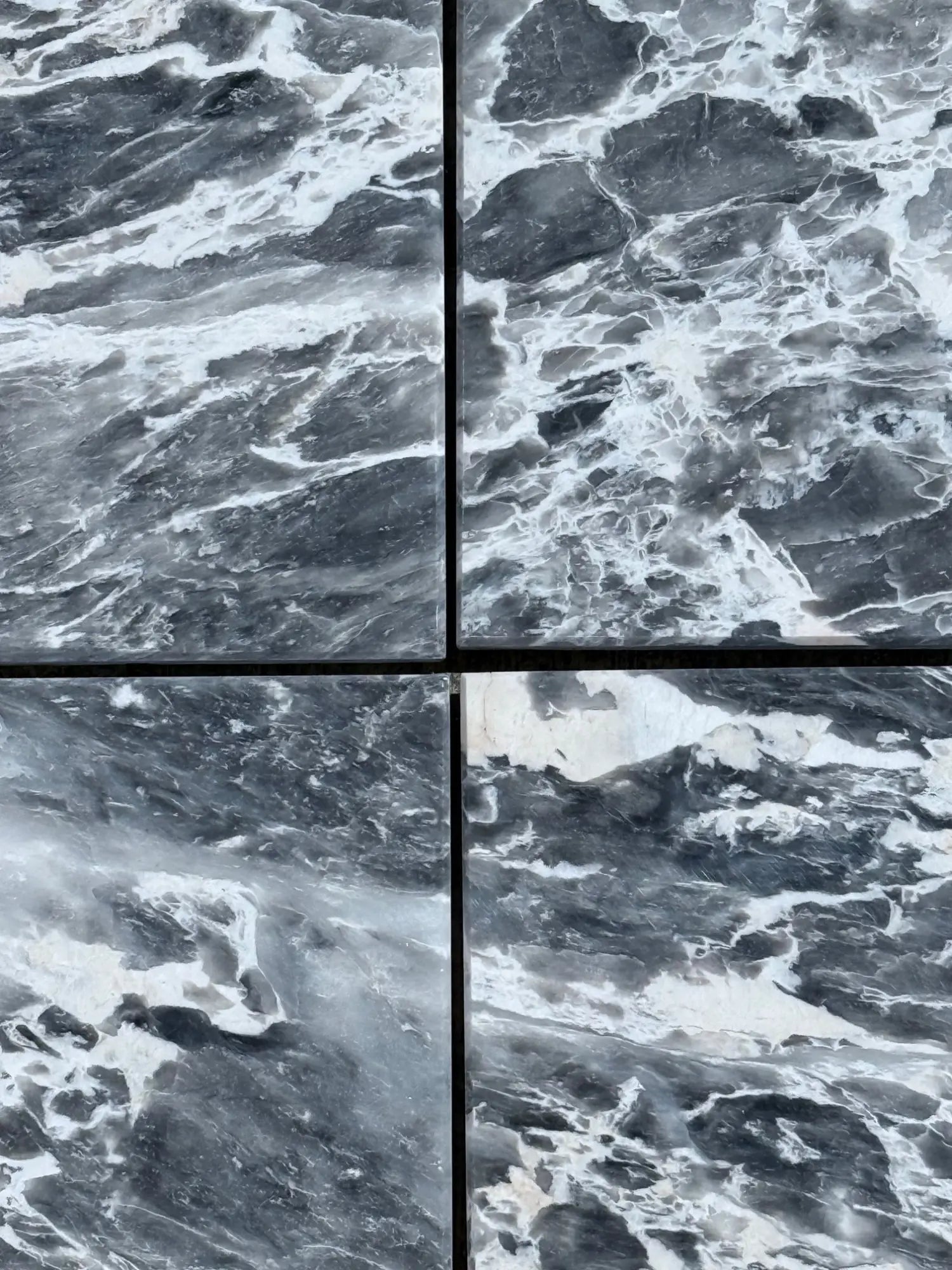 Storm Gray Marble
Storm Gray Marble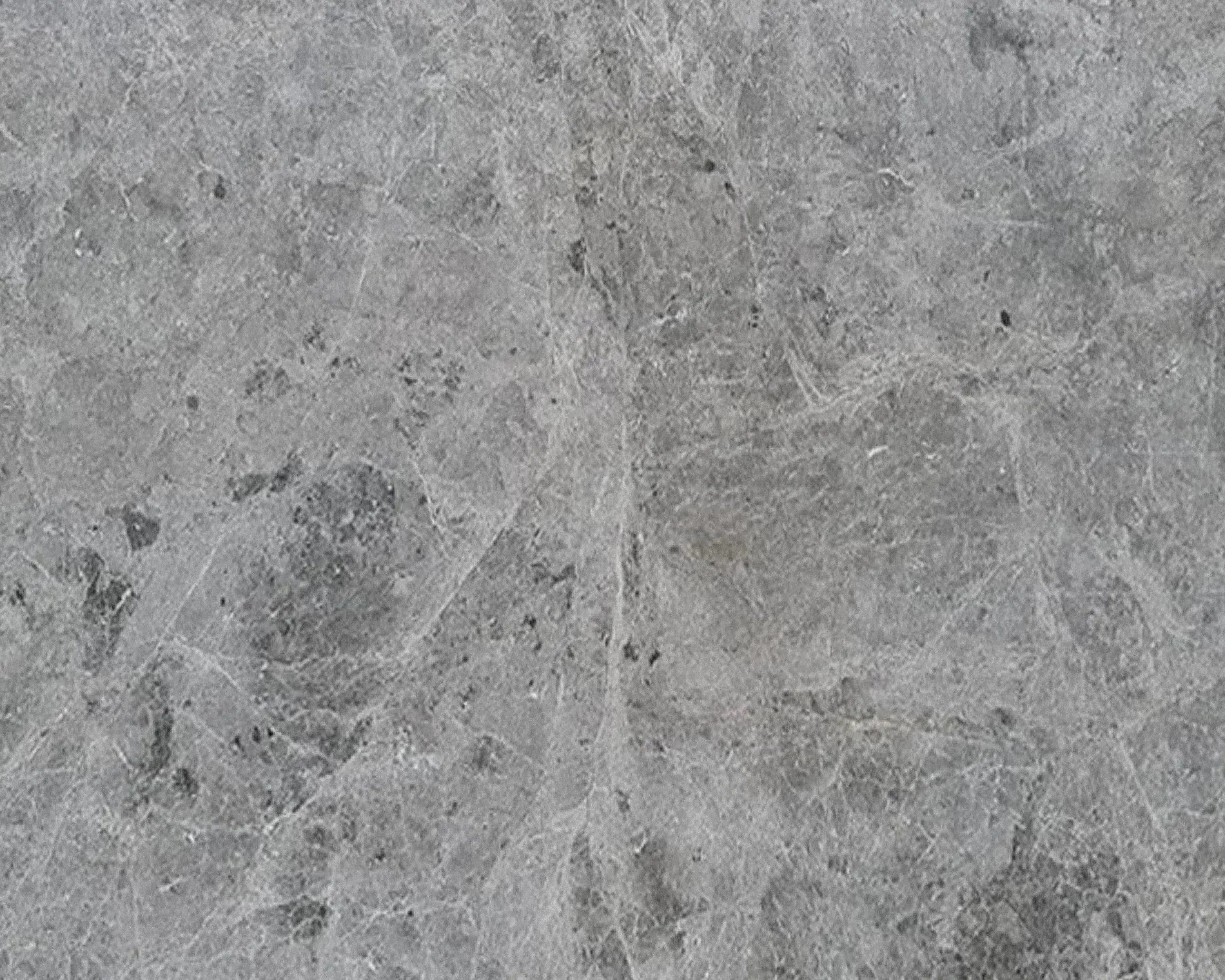 Tundra Gray (Atlantic Gray) Marble
Tundra Gray (Atlantic Gray) Marble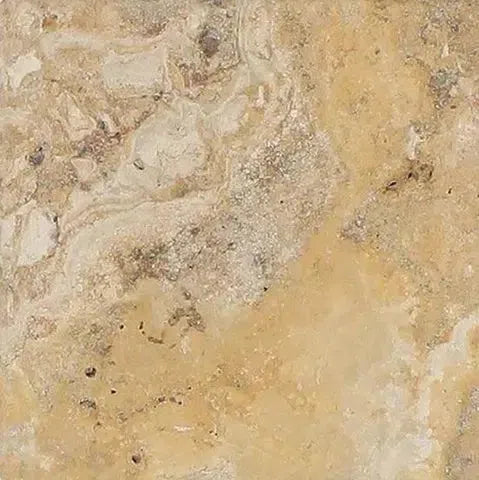 Valencia Travertine
Valencia Travertine Valerenga Travertine
Valerenga Travertine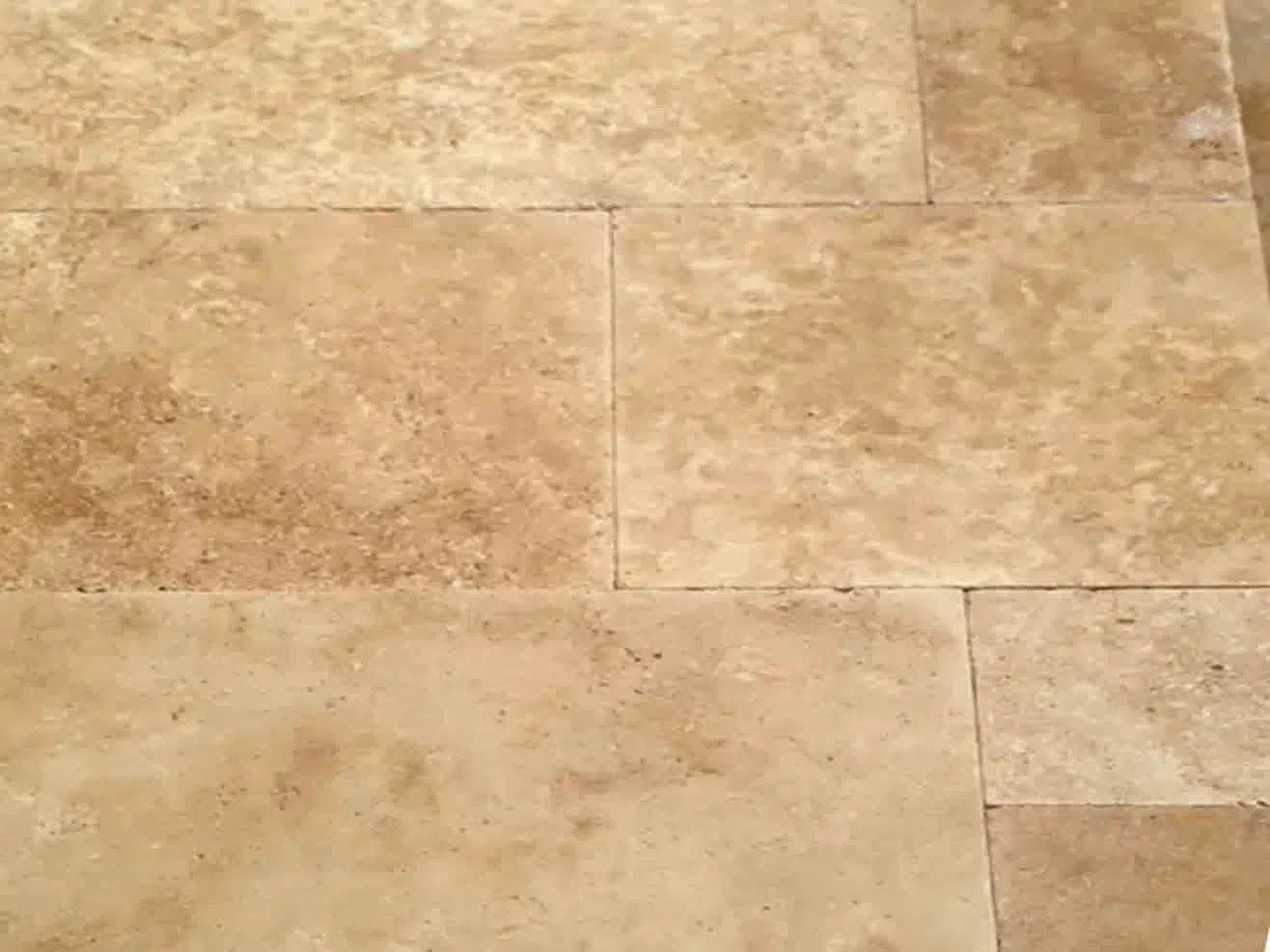 Walnut Travertine
Walnut Travertine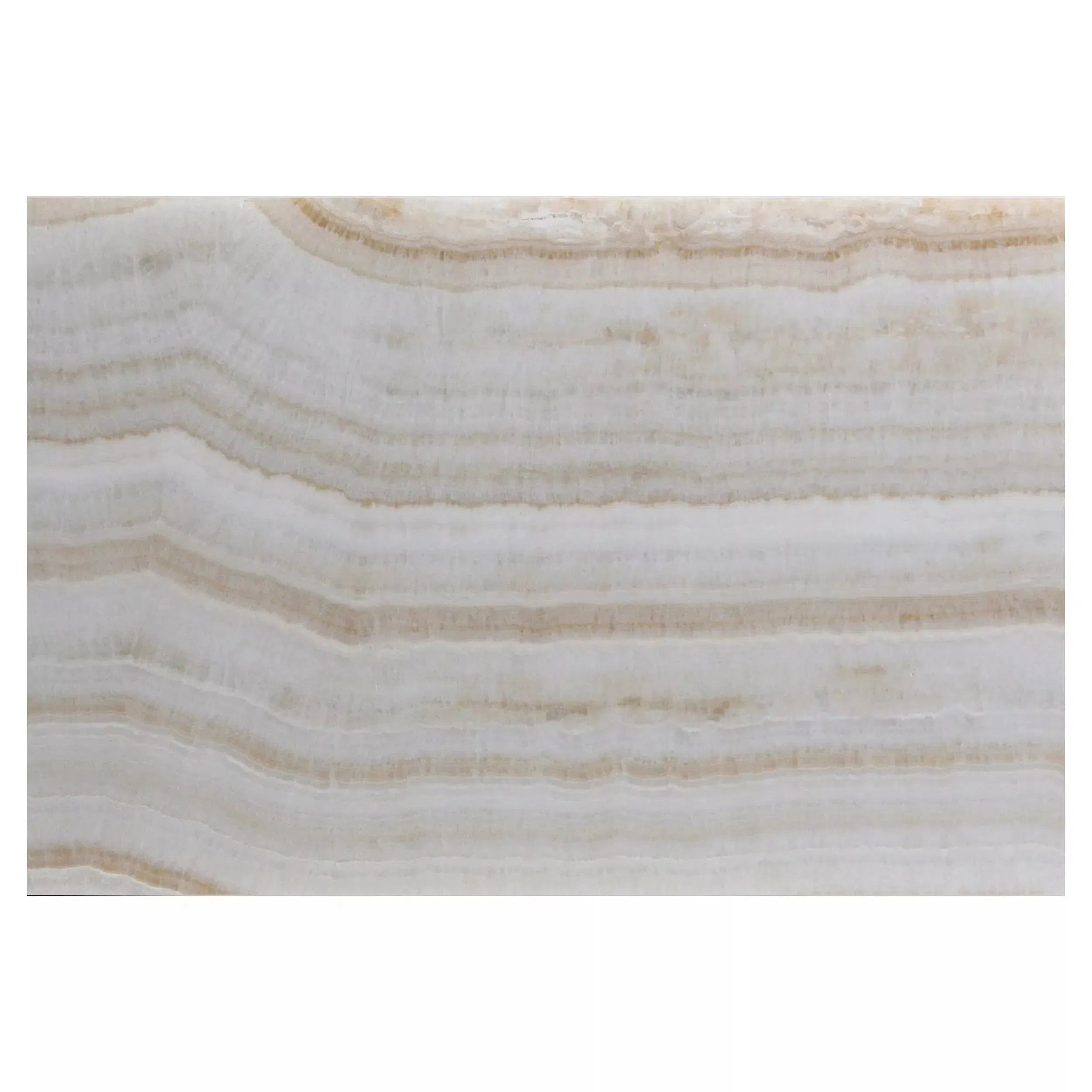 White Onyx Marble
White Onyx Marble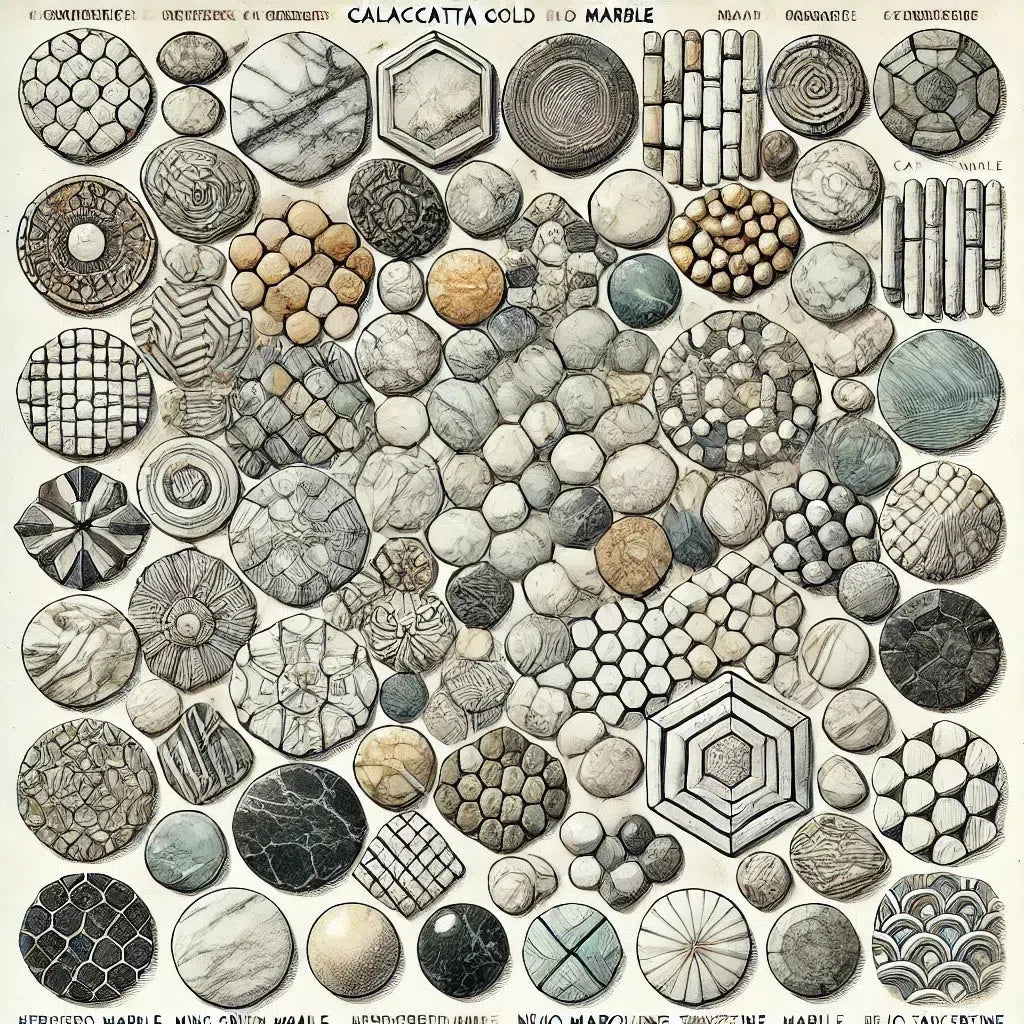 Shop By Type
Shop By Type
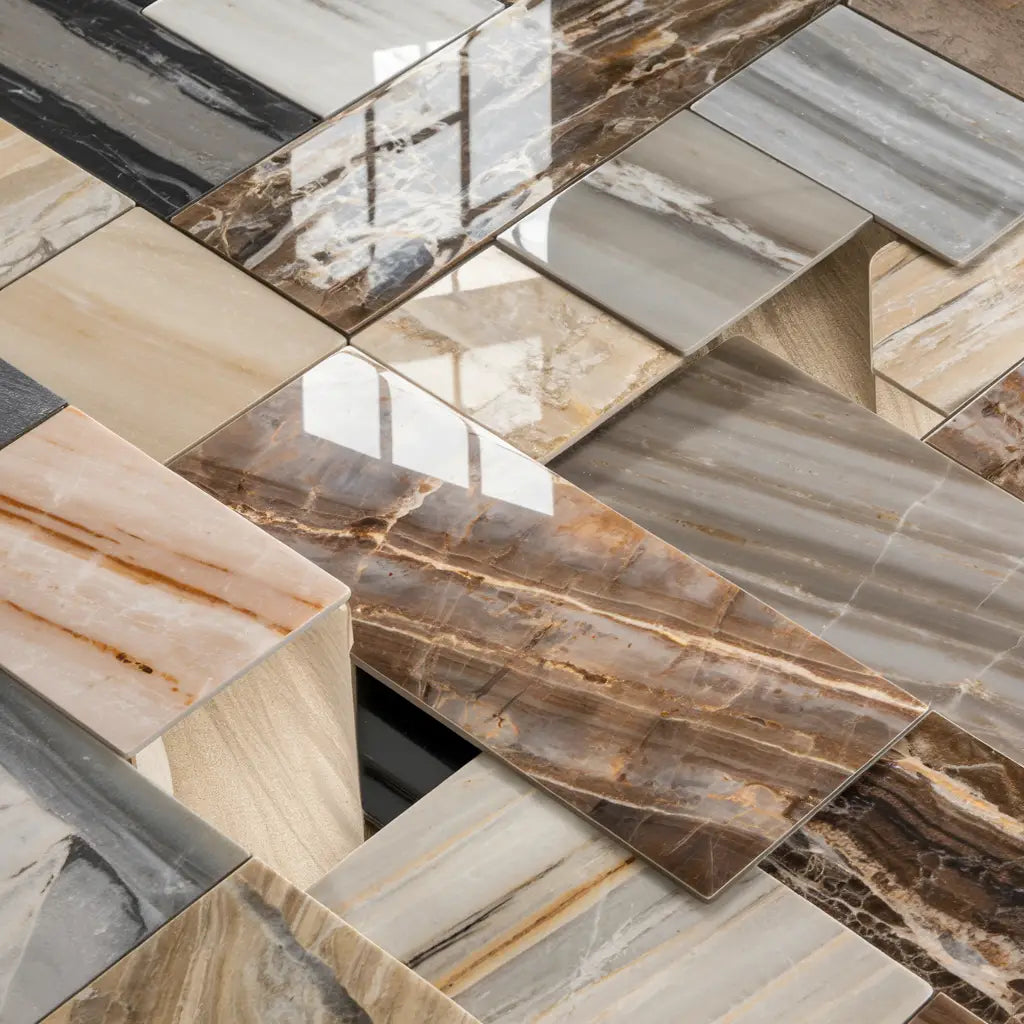 Marble Tiles
Marble Tiles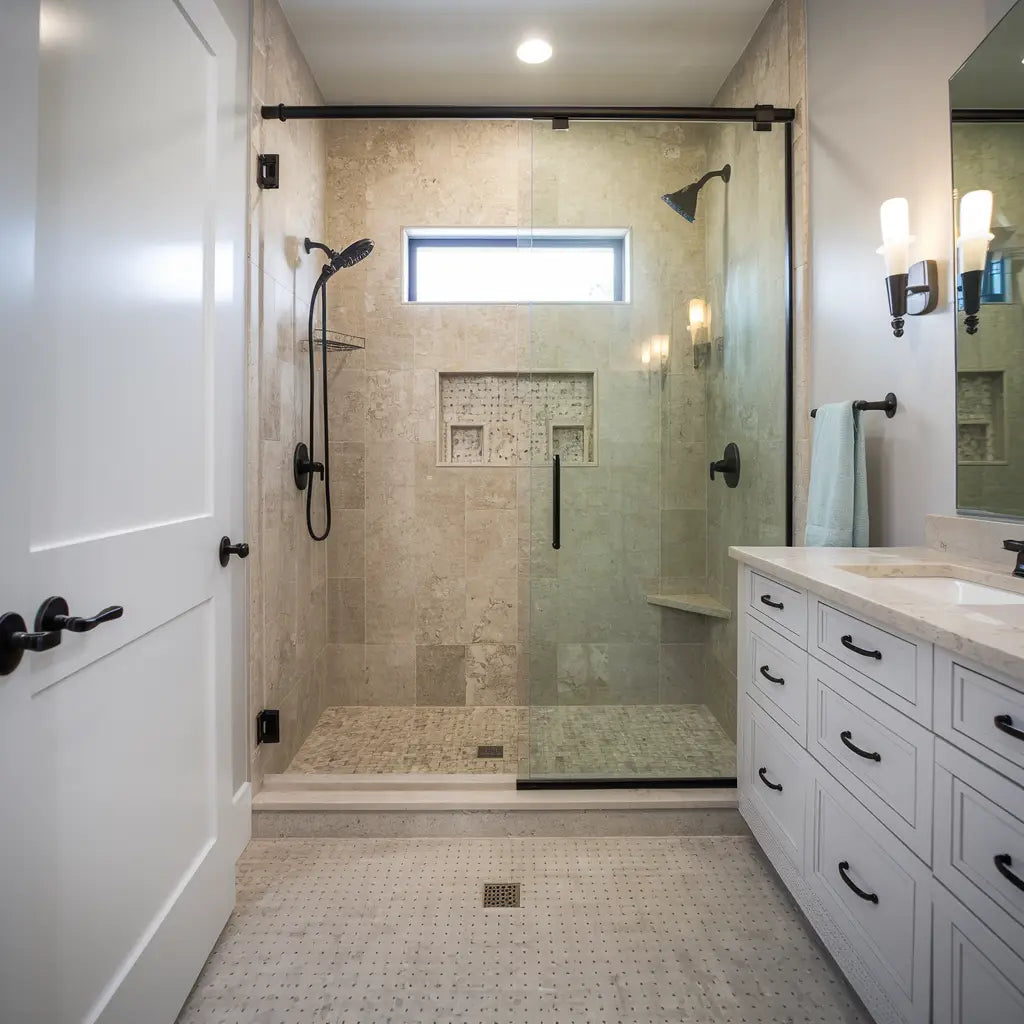 Marble Mosaic
Marble Mosaic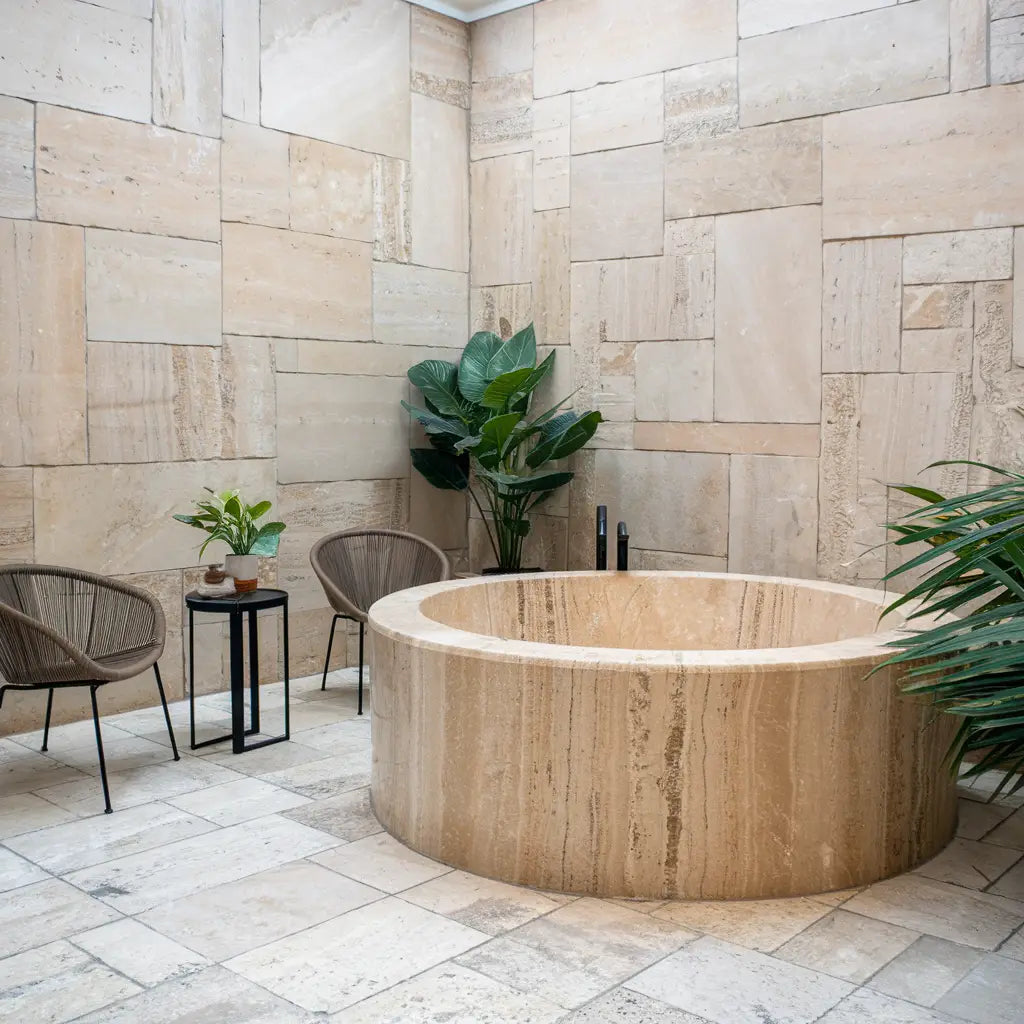 Travertine Tiles
Travertine Tiles Travertine Mosaic
Travertine Mosaic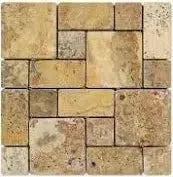 4 pcs Versailles Pattern / French Pattern Set
4 pcs Versailles Pattern / French Pattern Set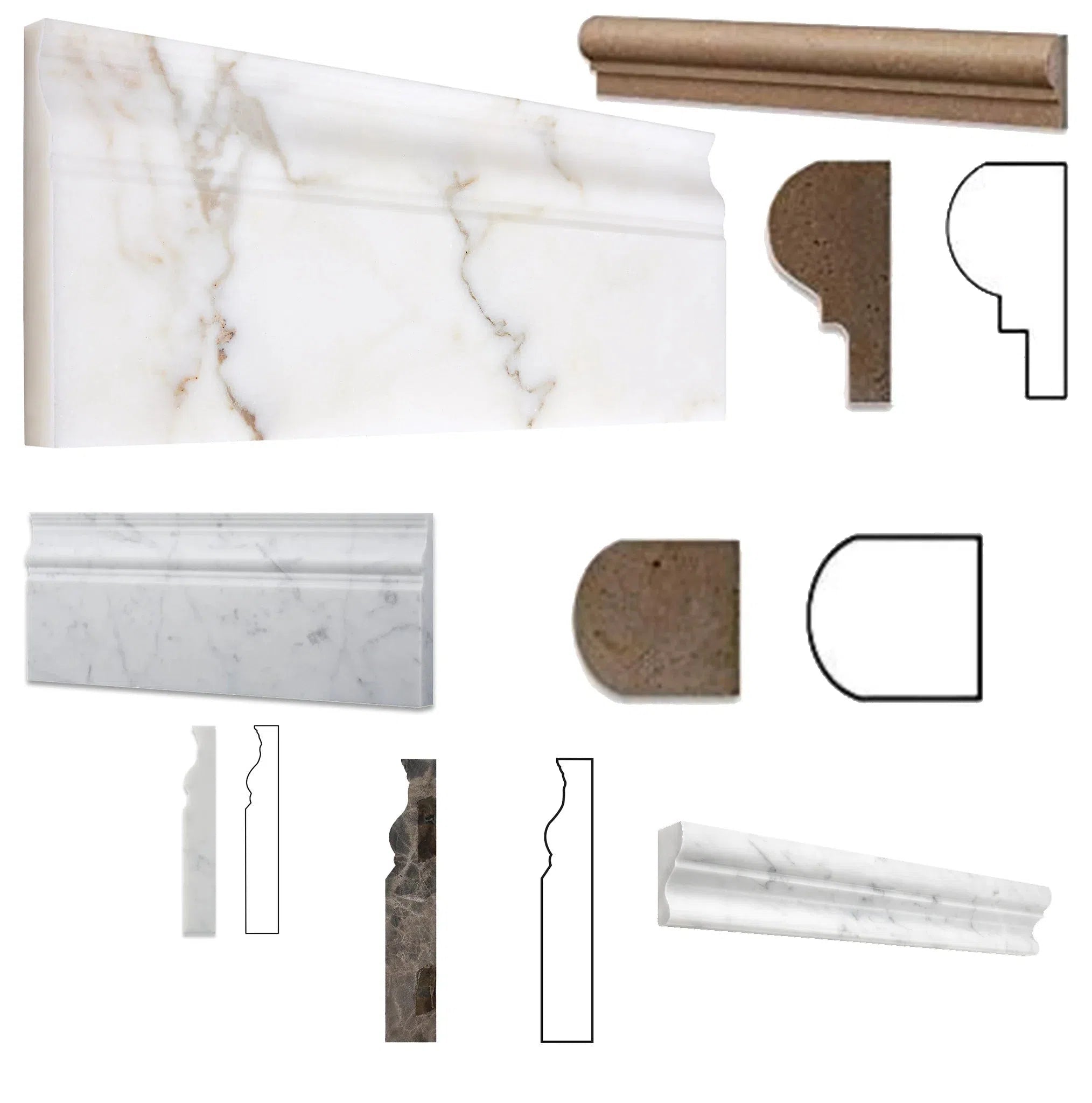 Molding/Trim
Molding/Trim Border/Listello
Border/Listello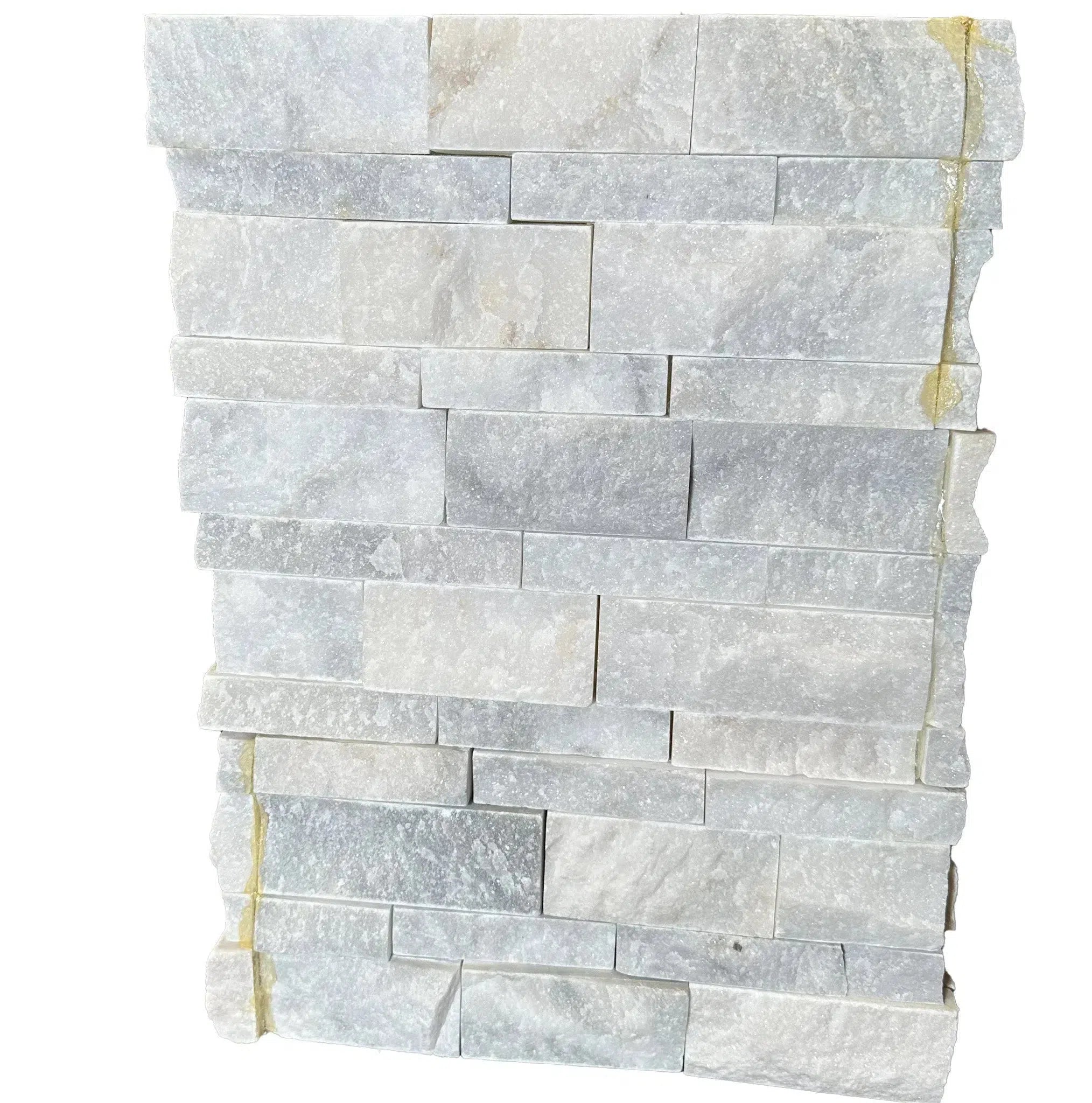 Ledger-Panel
Ledger-Panel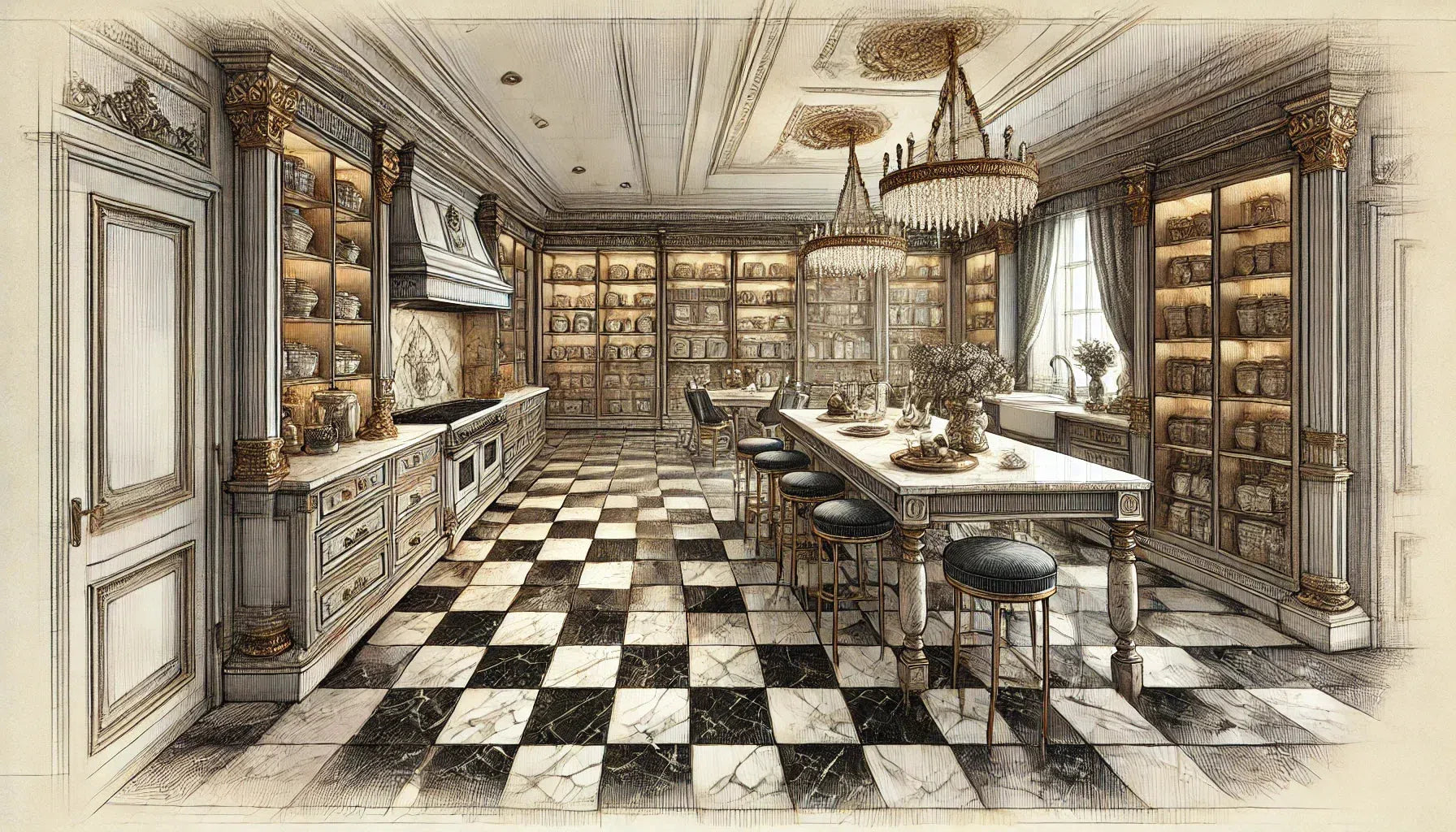 Checkerboard
Checkerboard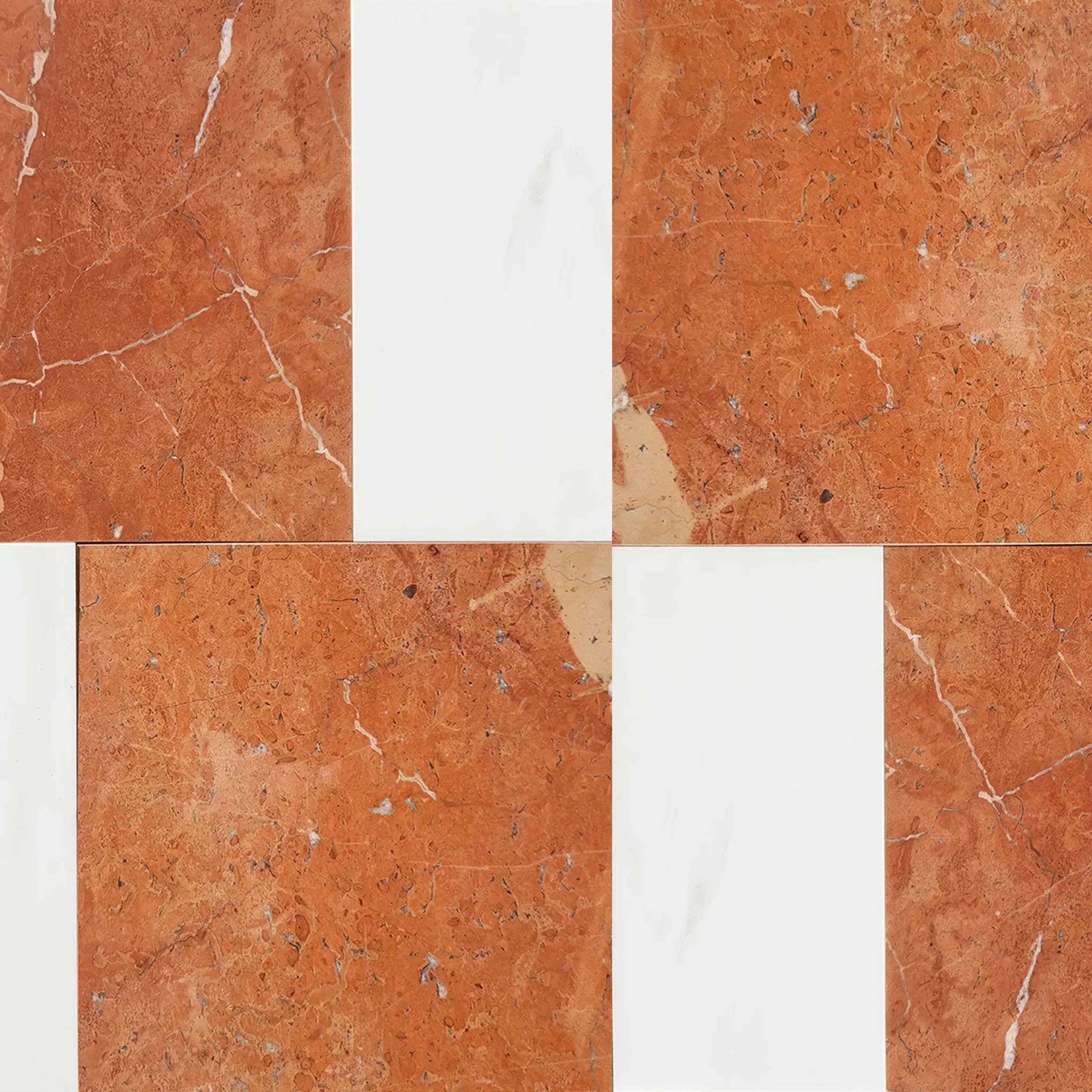 Patterned Tile Collection
Patterned Tile Collection 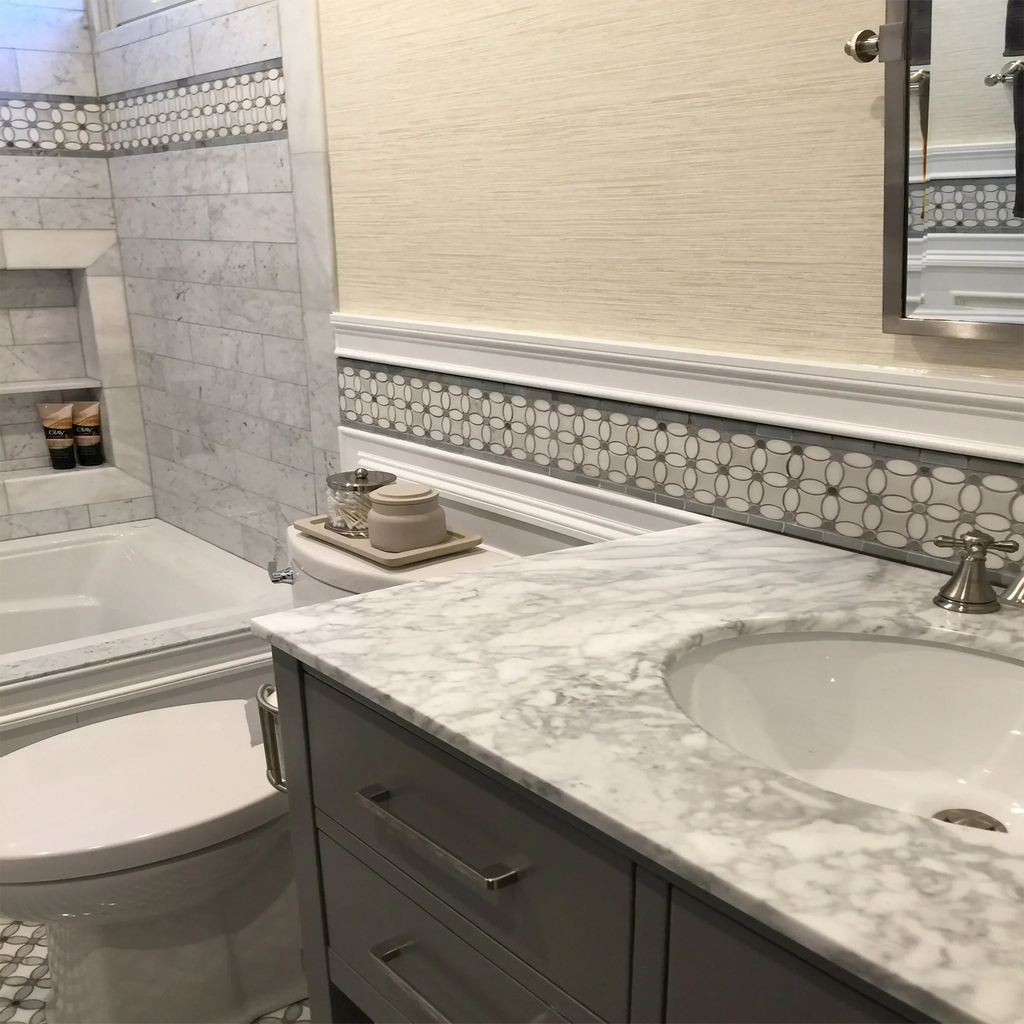 Shop By Finish
Shop By Finish
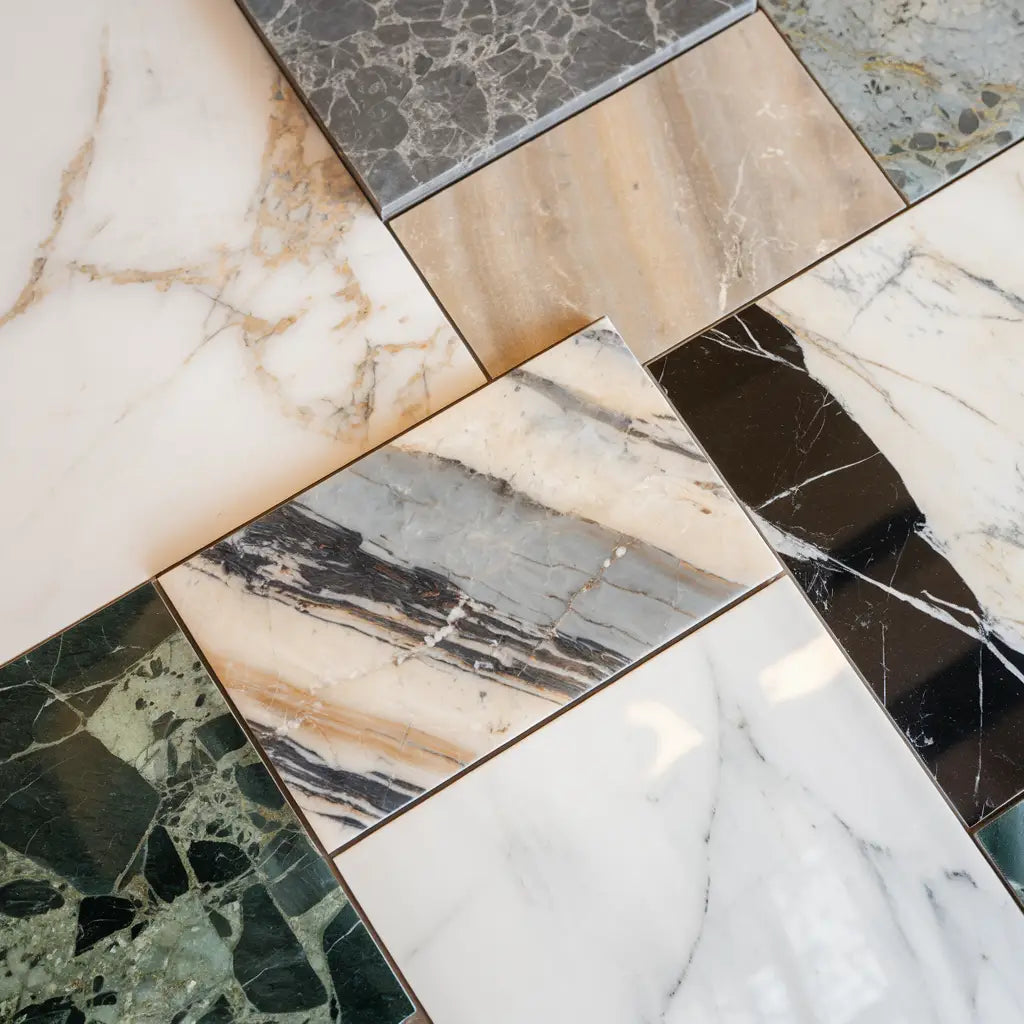 Polished
Polished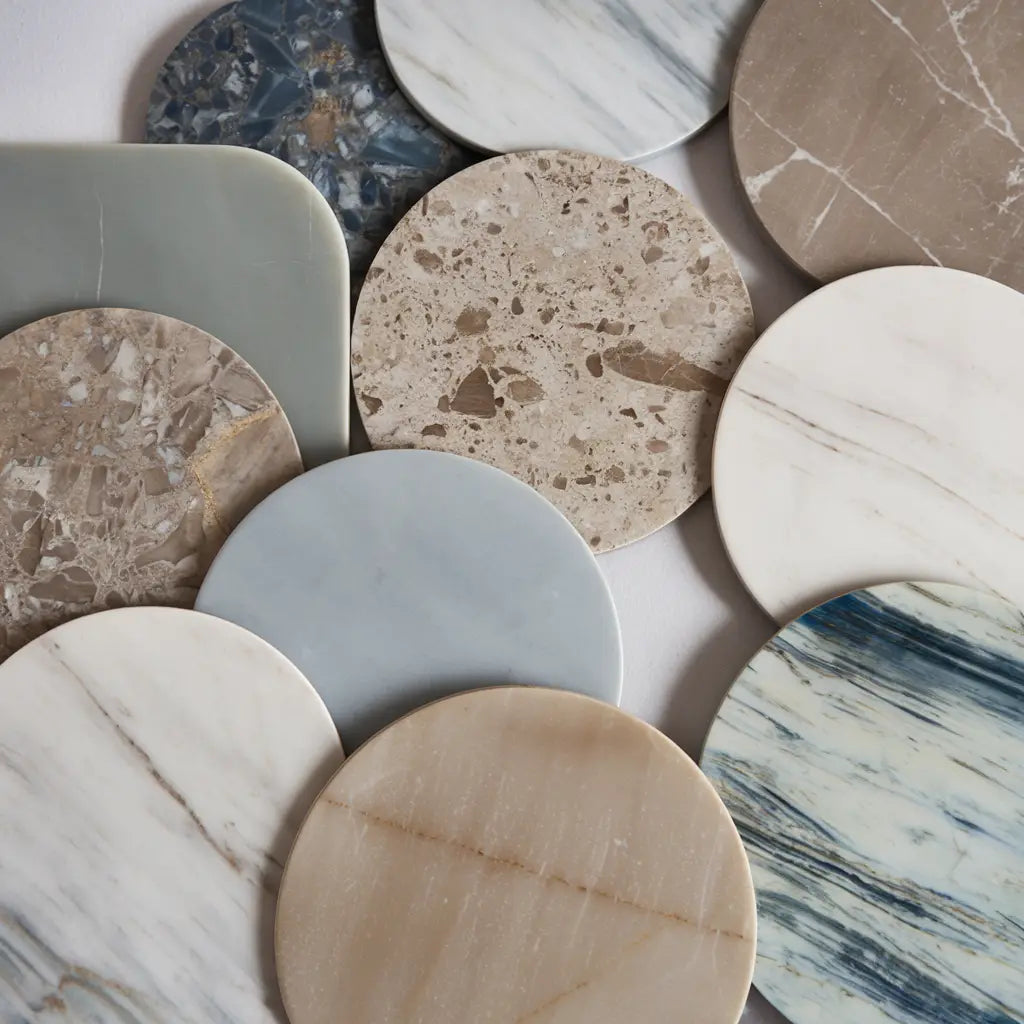 Honed
Honed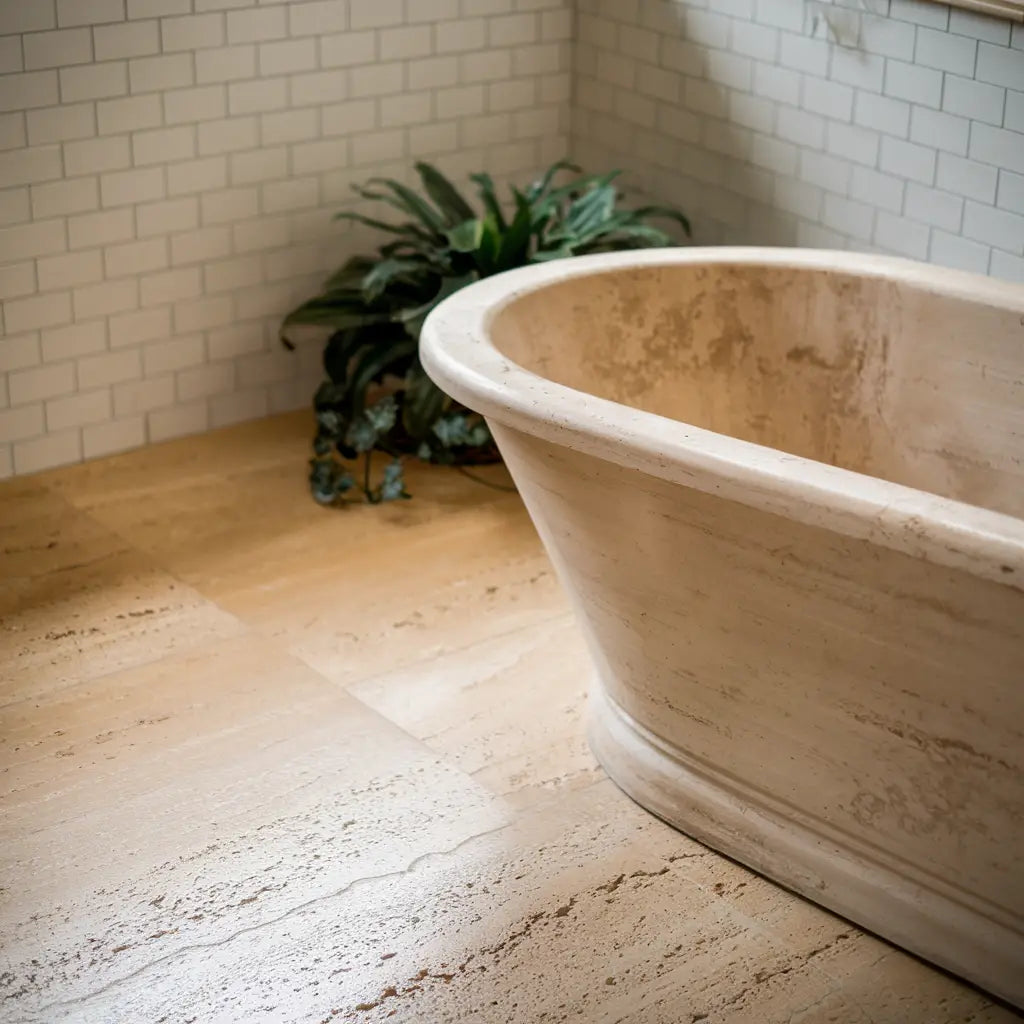 Brushed
Brushed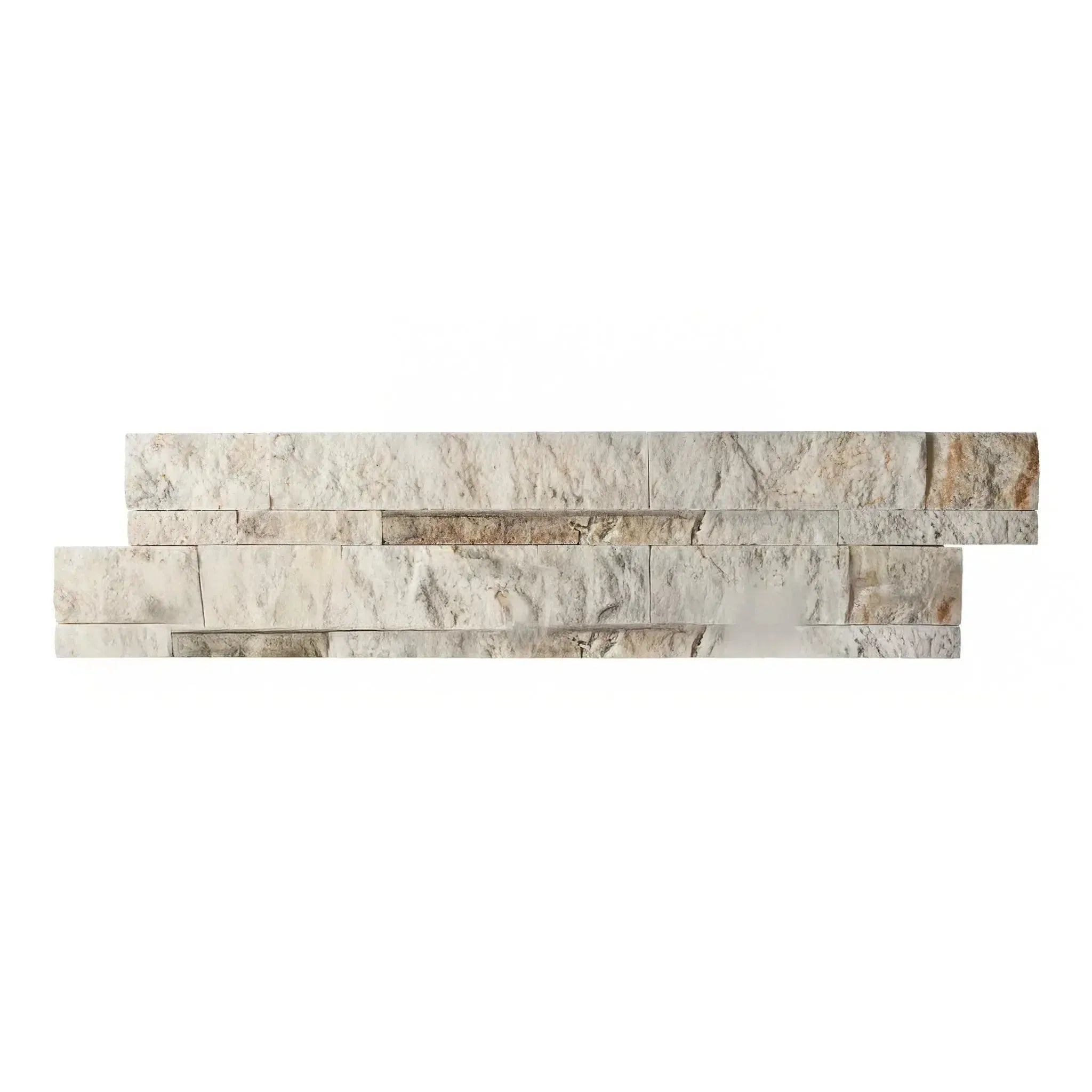 Split Face
Split Face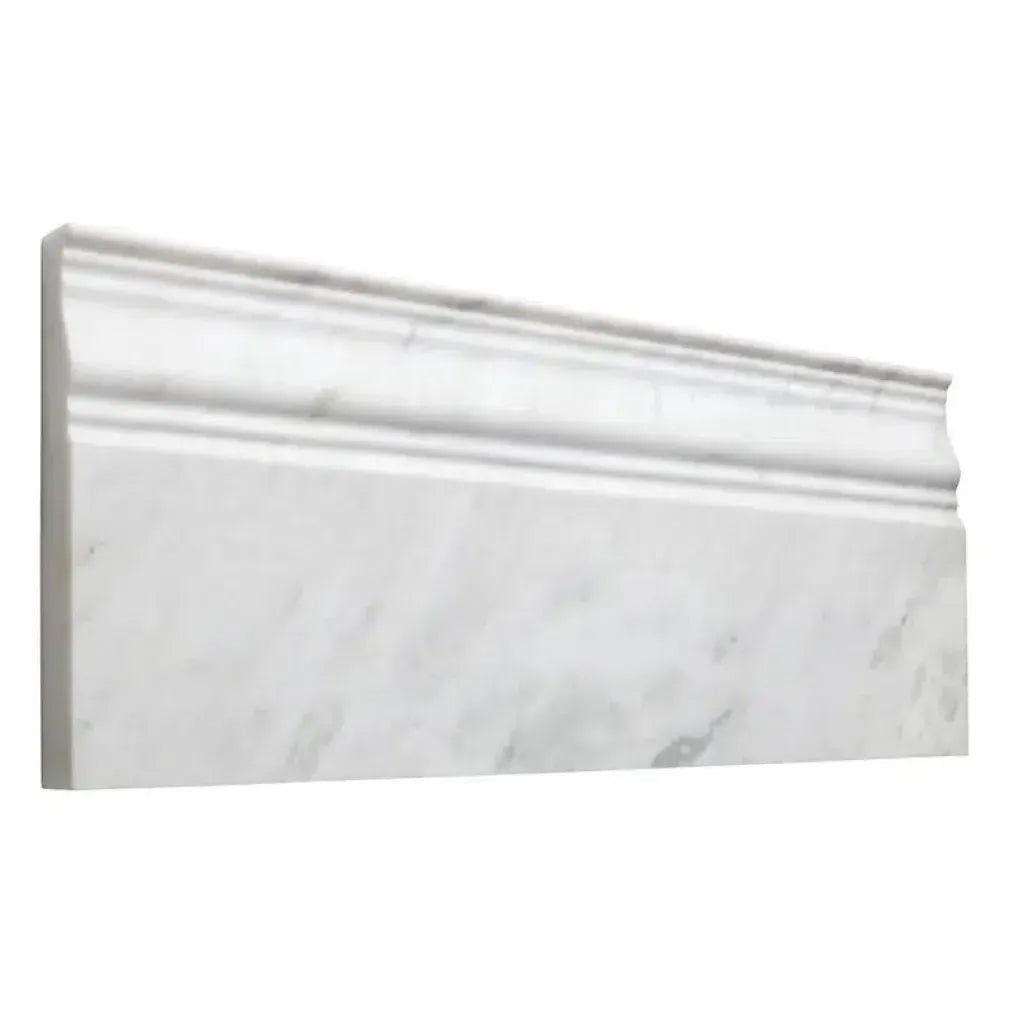 Textured
Textured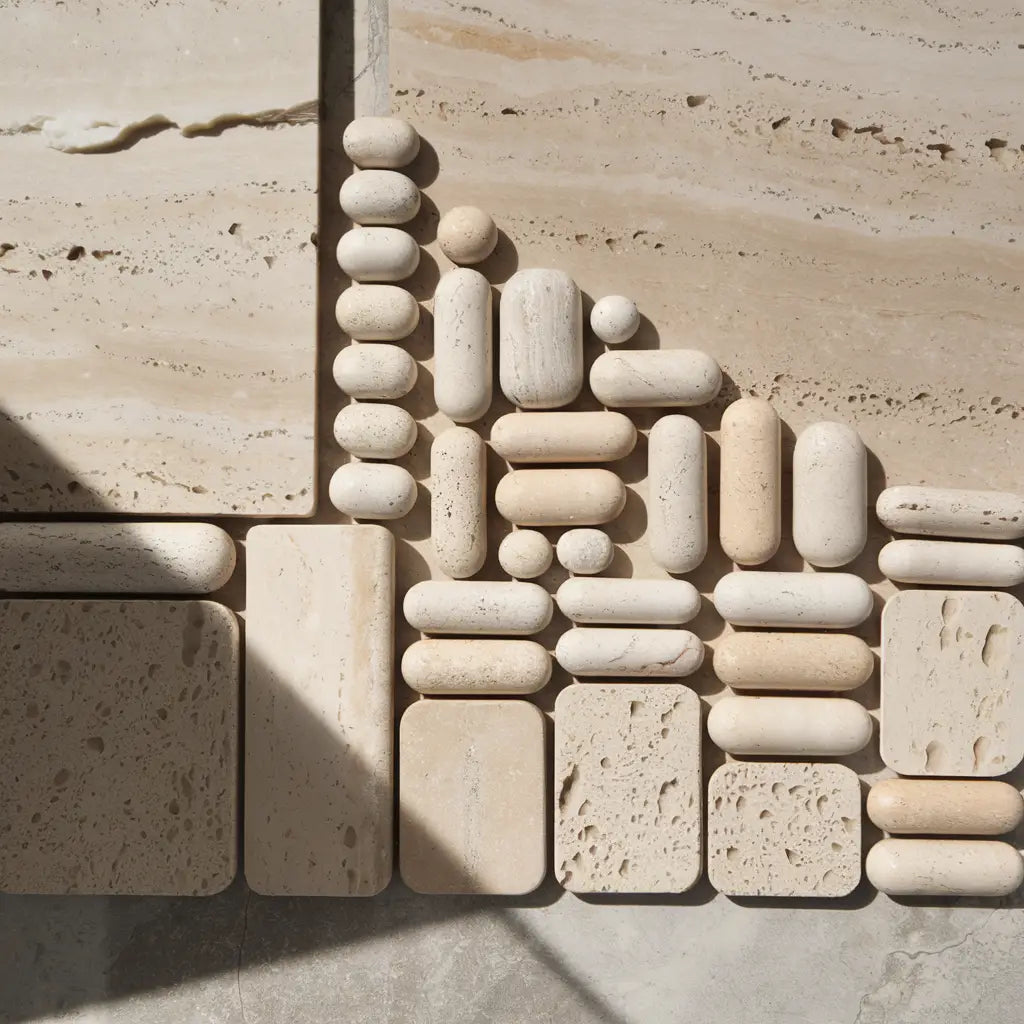 Tumbled
Tumbled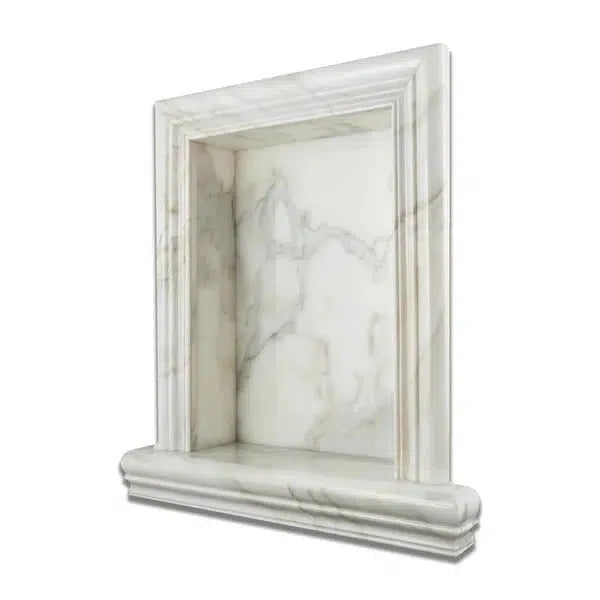 Accessories
Accessories
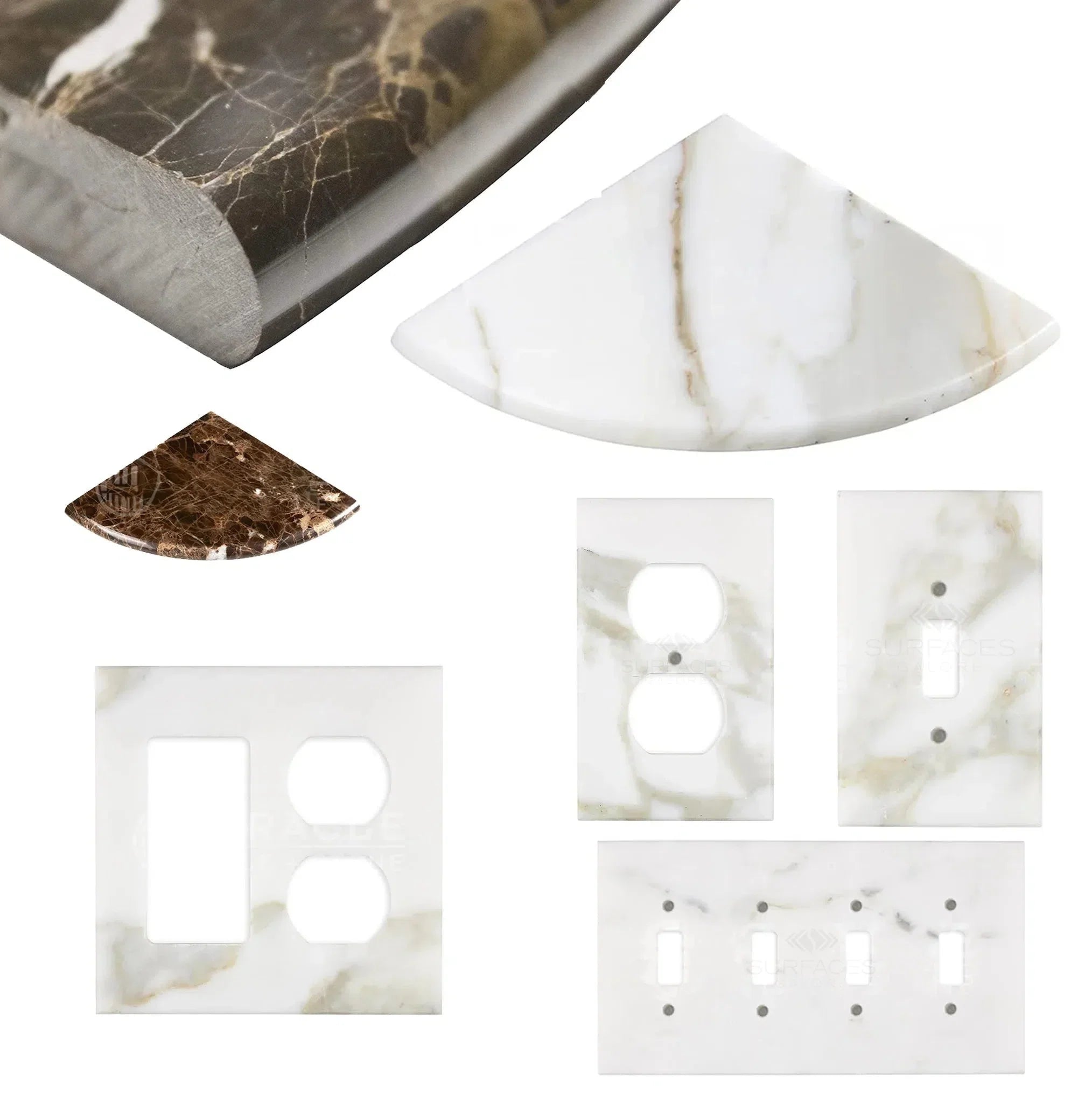 Wall Plate / Switch Plate
Wall Plate / Switch Plate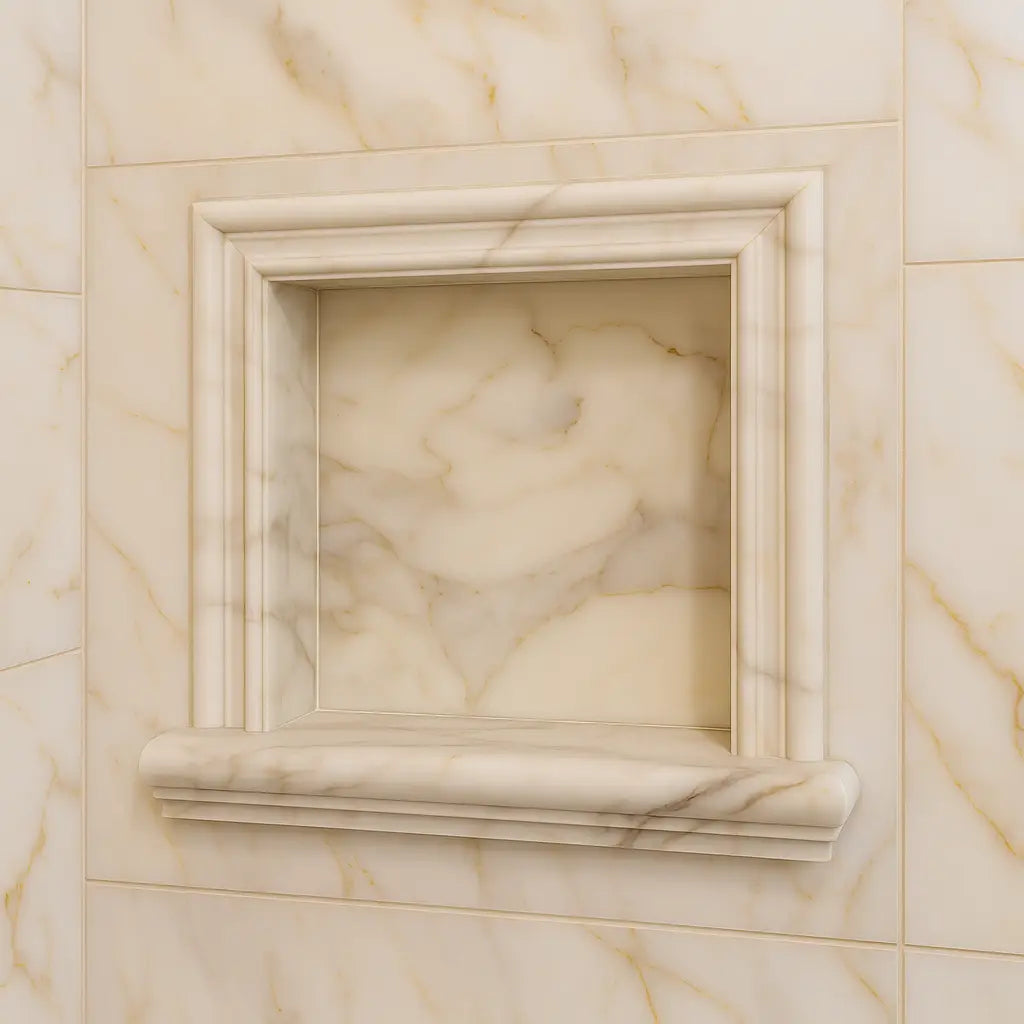 Shampoo Niche
Shampoo Niche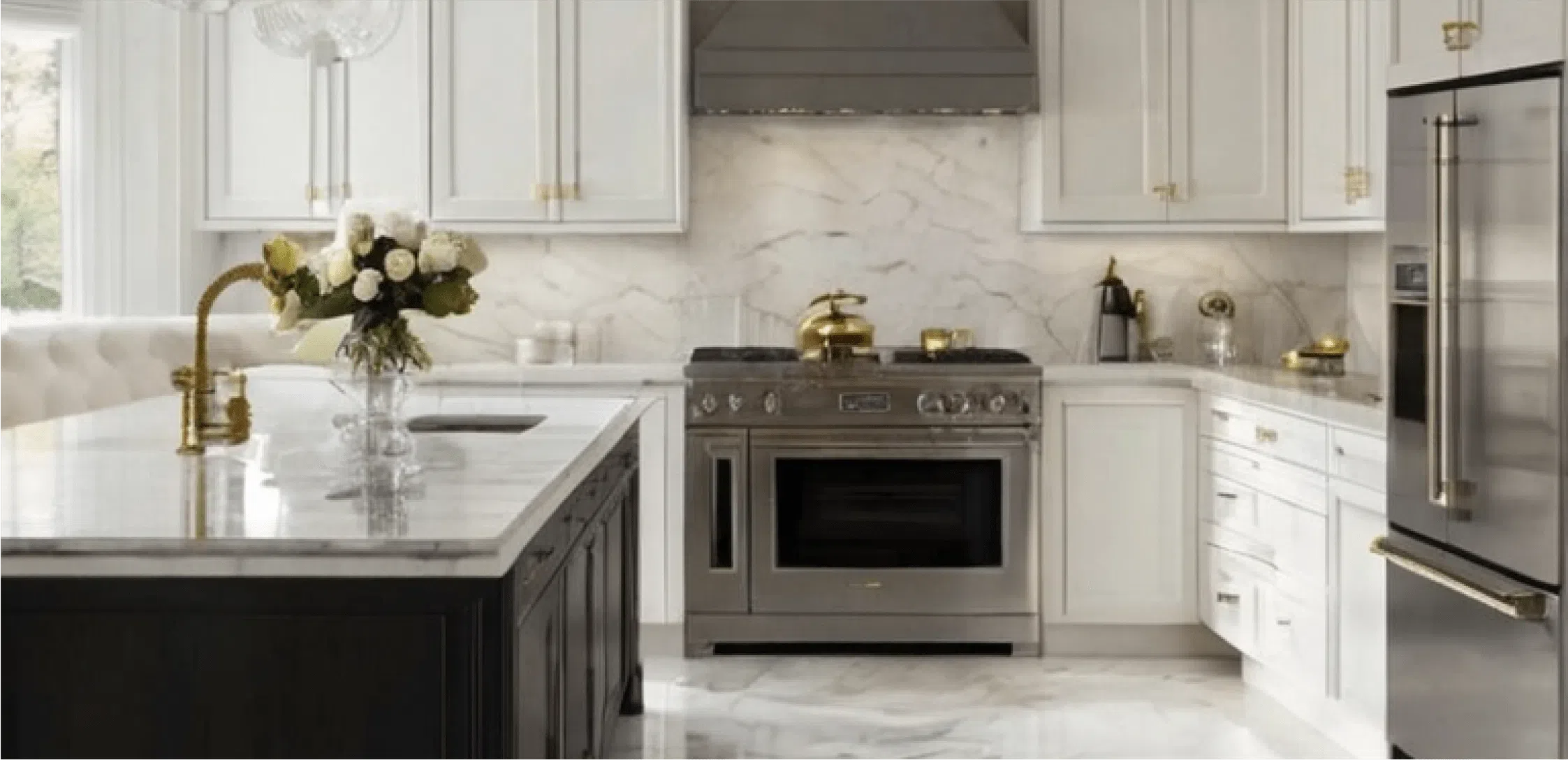 Corner Shelf
Corner Shelf Clearance
Clearance





Leave a comment